Jump to: Classroom Culture | Differentiated Instruction | Pedagogical Effectiveness
Classroom Culture
In every class, I strive to create a classroom culture that is, before all, a safe space both physically and psychologically. The additional classroom culture fundamentals include the principals of challenge, choice, and support. The goal is to create an environment where students understand and act in ways that promote mutual respect and support for others.
An additional aspect of culture in physical education classes is the fact that at the start of a new term, students sometimes bring negative preconceptions with them into the classroom. The source of these preconceptions might include a student’s past negative experience with physical activity, challenges related to self-image, negative pop culture depictions of what to expect in a PE class, or stories they’ve heard from people around them. In addition, there is societal messaging all around us that identifies who is and who is not “fit” based on appearances.
Acknowledging and respecting where each individual is at the beginning is the first step toward a productive trimester focused on progress. I find this to be an exciting challenge – I love to help students grow beyond this initial expectation, and with each new group of students I can give them an opportunity to experience a PE class with a nonconventional, contemporary approach to movement and healthy living.
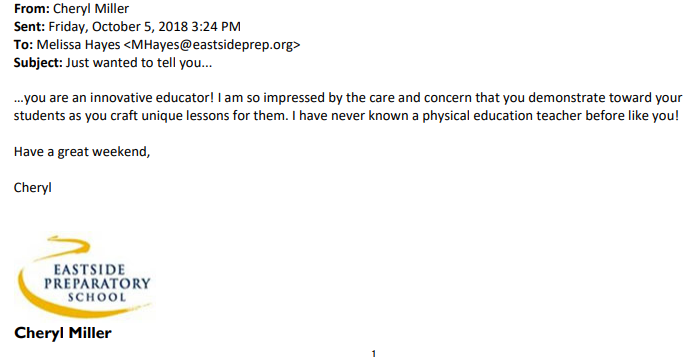
Using principals of teambuilding and mindfulness, my approach is to guide students to a better understanding of their own fitness, health, and wellbeing. This increases the likelihood students will develop a desire to pursue an active lifestyle and appreciate how it improves their lives.
One of my strategies to promote classroom culture is to emphasize both through words and activities:
- the value of having movement in our lives
- the diverse ways we can measure our wellness (not just stereotypical, standardized or generic methods)
- the wide variety of ways we can each enjoy different types of movement and the importance of enjoyment to continue moving.
Coaches and reinforces peer-to-peer dynamics that are appropriate and constructive
“In a world where you can be anything, be kind.”
Hayesism
This is a phrase often heard in my classes and kind is one of the most frequent words used to describe EPS students. Balancing this kindness with, at times, emotionally charged competitive experiences is one way in which we coach and reinforce peer-to-peer dynamics.
I ask students essential questions for each grade level in order to offer them a launching point for conversations around collaboration, and interaction that is appropriate and constructive.
- How is participation essential to every team?
- How do sports and activity benefit an individual beyond physical impacts?
- Are winning and success the same measure?
- How might integrity and character impact our choices in this environment and in other aspects of our lives?
In a class of 12 kids, I may ask students who are comfortable with the upcoming activity, to go to a specific location (for example, a basketball hoop). Then, I will say to the others, if you are still working on getting comfortable with this activity, go join someone already at a basket. After students have assembled at different stations, they are then asked to work together to help each individual improve. This activity is geared toward collaboration which leads to improvement for both students.
- In a situation where two students have a difference in opinion in a game (e.g. if a ball is in or out of bounds), the two students will step aside out of the game to dialog, share their perspective and work toward a solution while the game continues.
- Either they reach an agreement on how to proceed
- Or we “rewind” to the status prior to the conflict and continue the activity.
Communicates behavioral expectations that are appropriate to class activities
The culture in our classrooms focuses on our EPS Mission and Vision. This begins with assessment practices that mirrors our Mission points; Think, Act, Lead and Innovate. These metrics are applied to help students prepare for class experiences, engage and reflect on their experience, ask questions, strive to go beyond their perceived comfort zone and support each other through this process.
I aim to think before I speak, often asking myself -“why am I talking?” In classes, I talk about how any intended communication is impacted both by the words we choose as well as the tone in which we say the words.
Some of the ways expectations are set in class include the communication that is shared via the syllabus, the information shared via Canvas, and ongoing communication during classes. The expectations that are tied to assessments are fundamentals across classes: preparation, participation, and progress through challenging oneself and encouraging those around you.
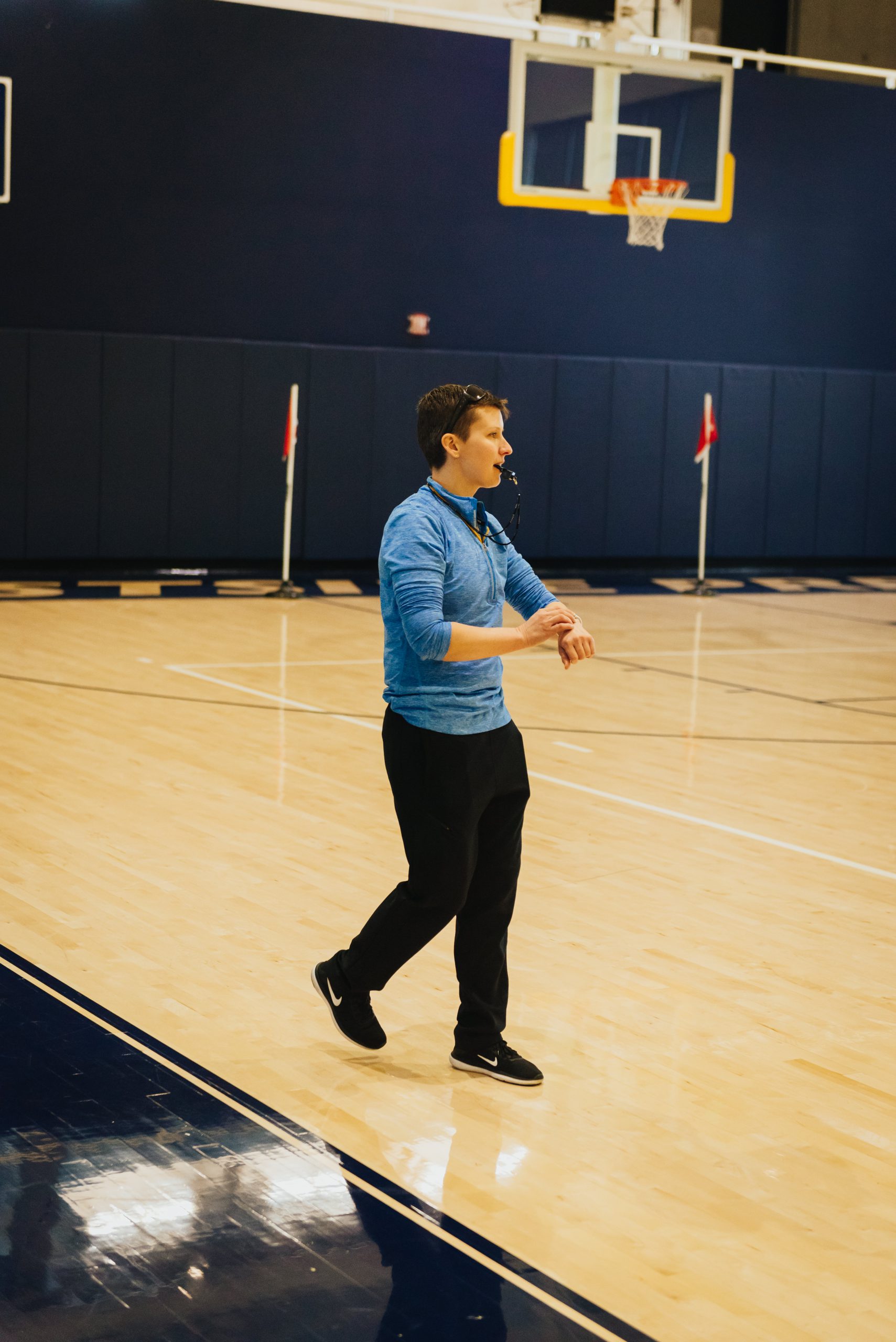 | 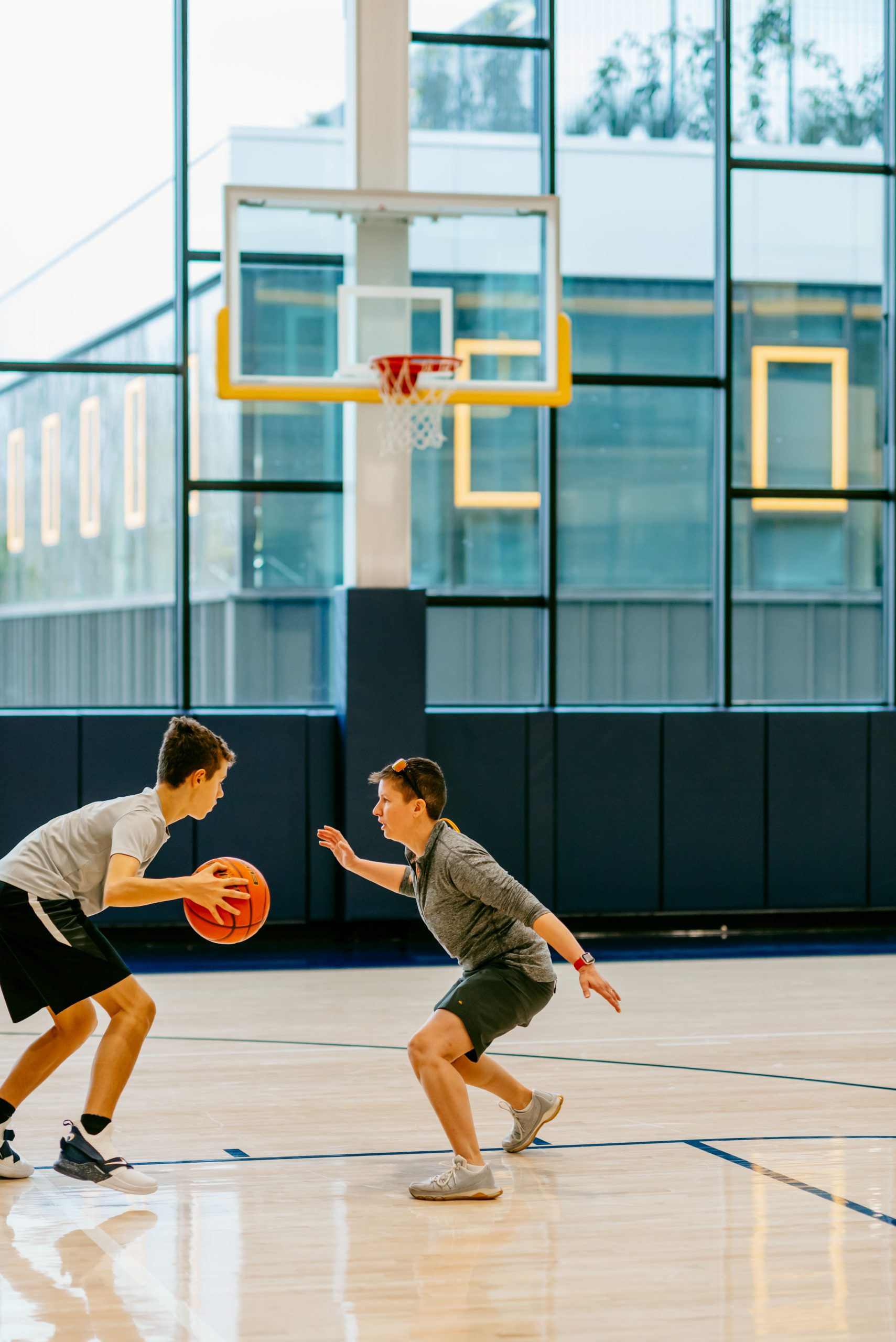 | 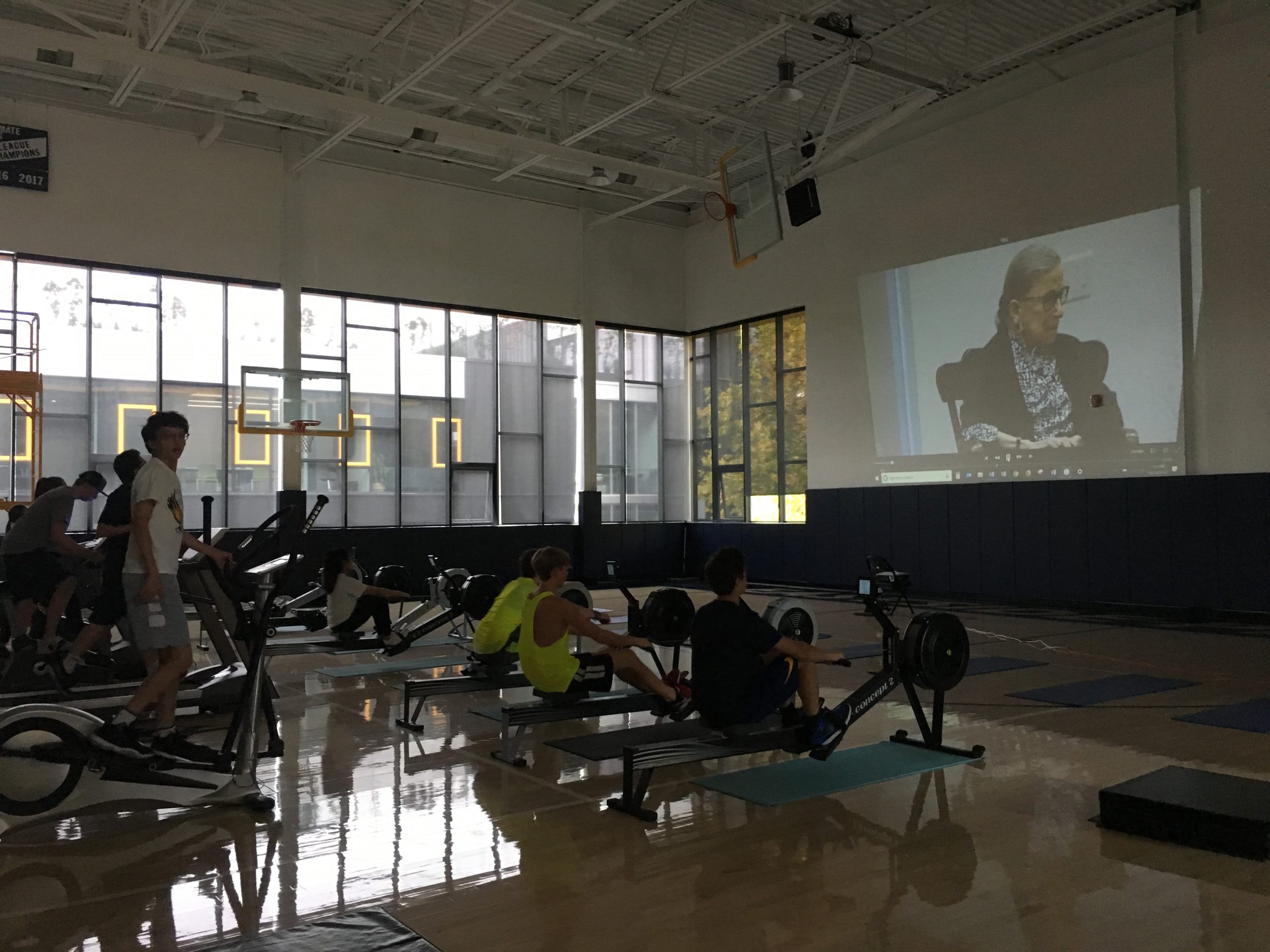 | 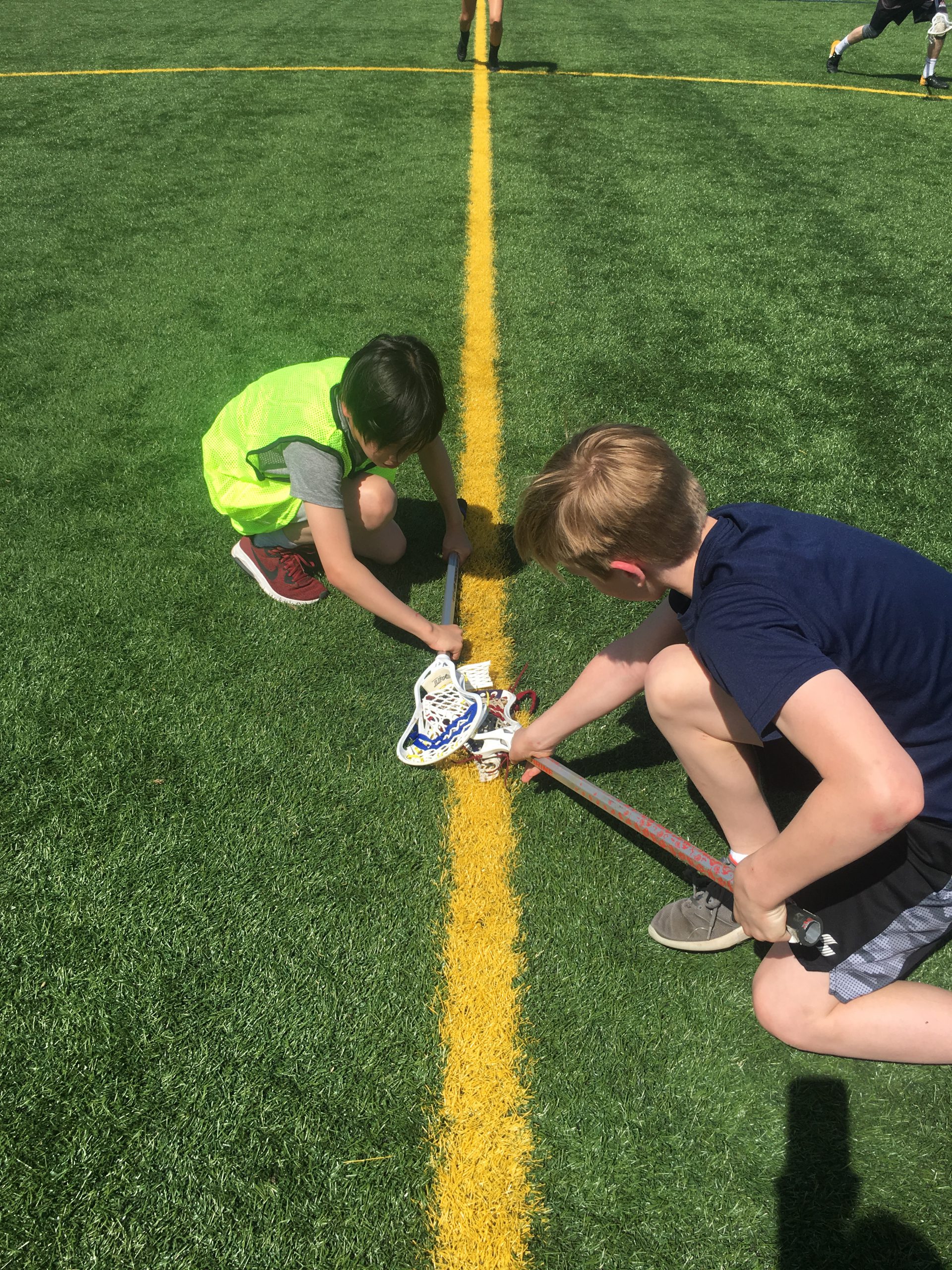 | 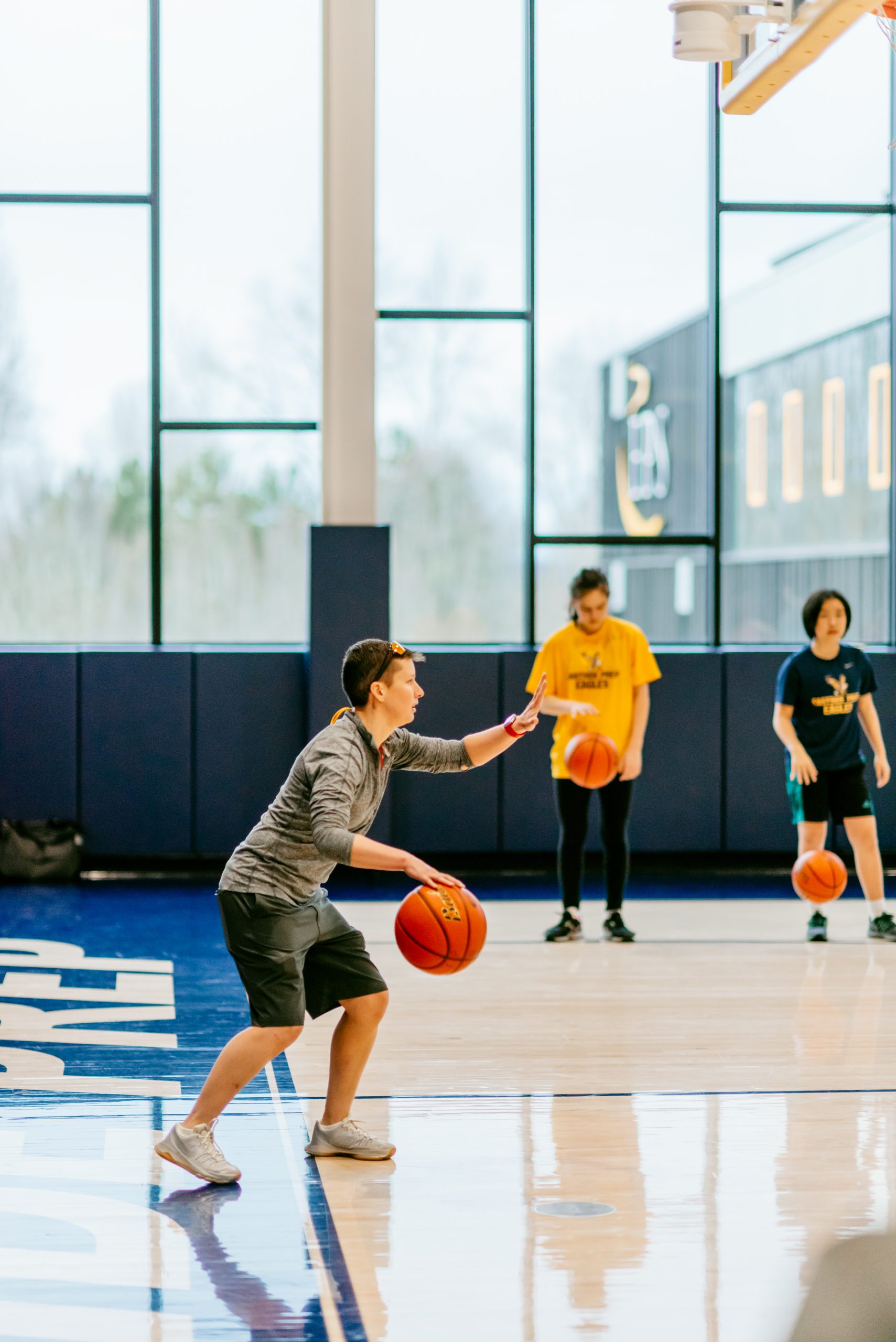 |
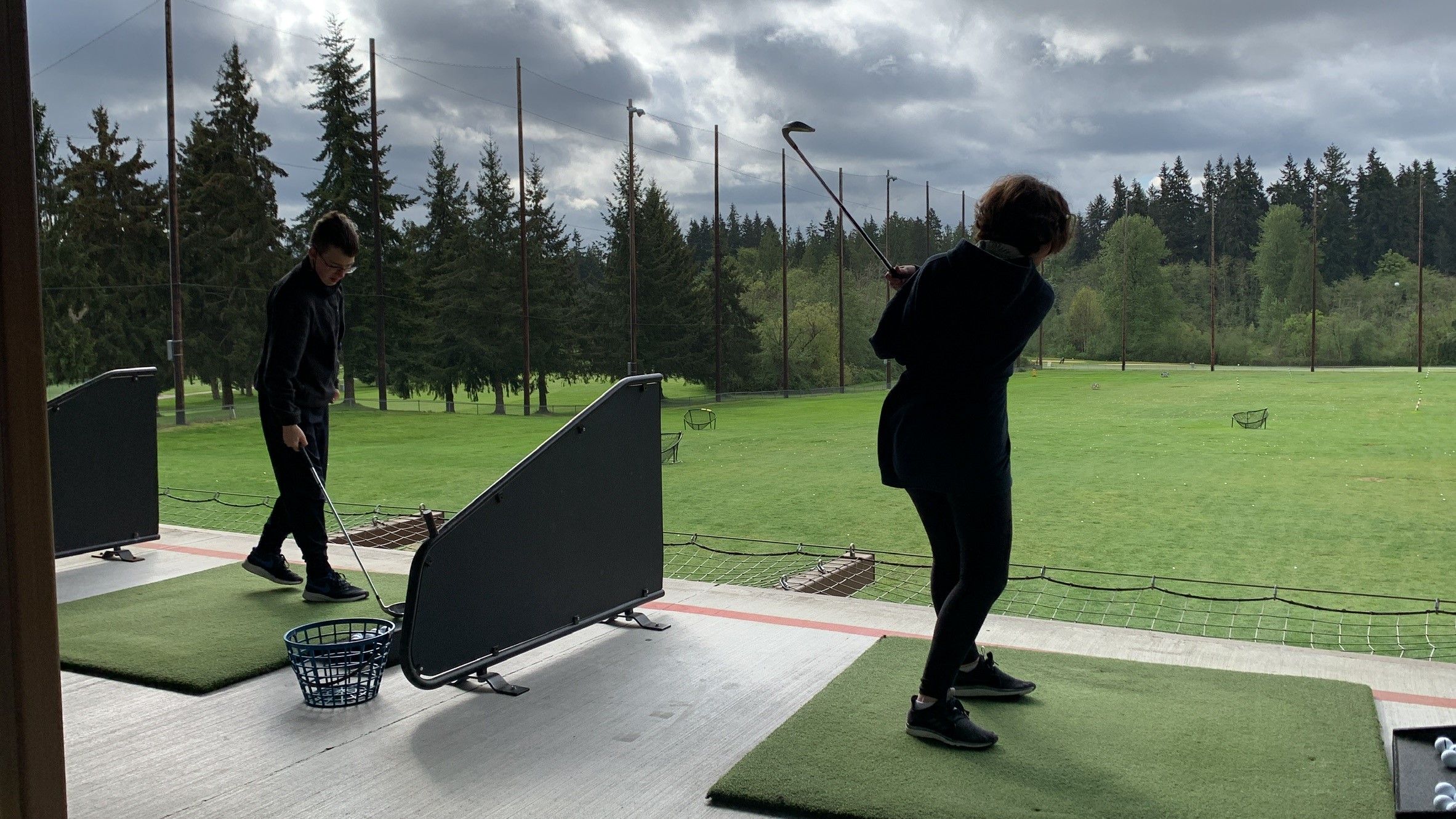 | 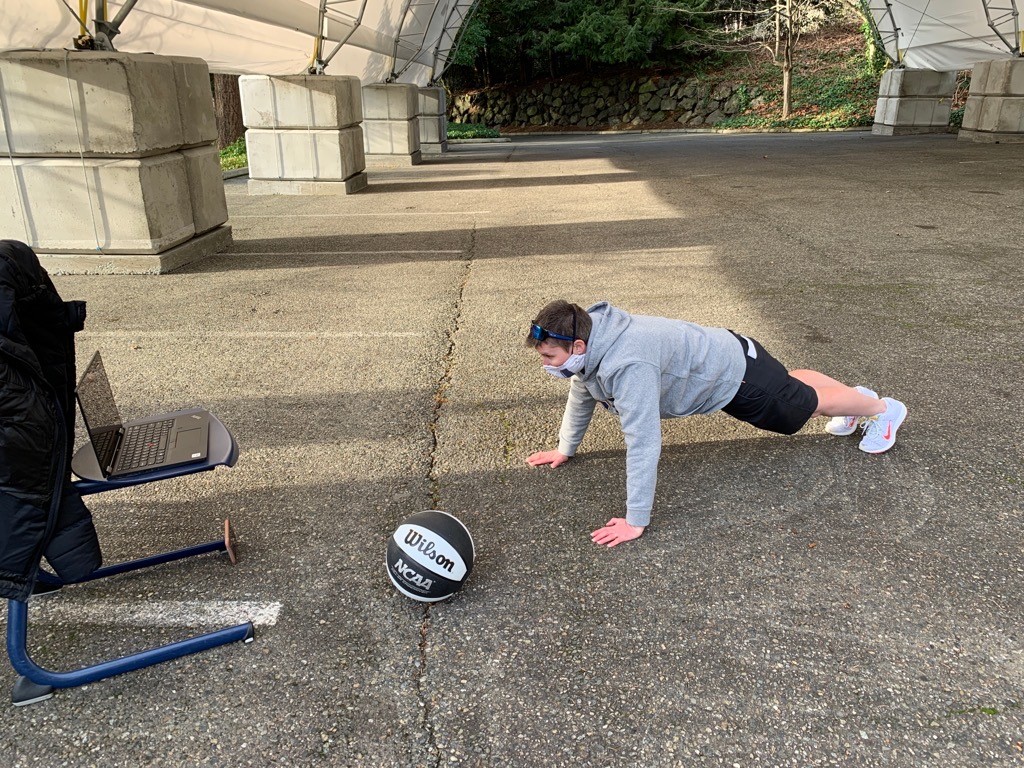 | 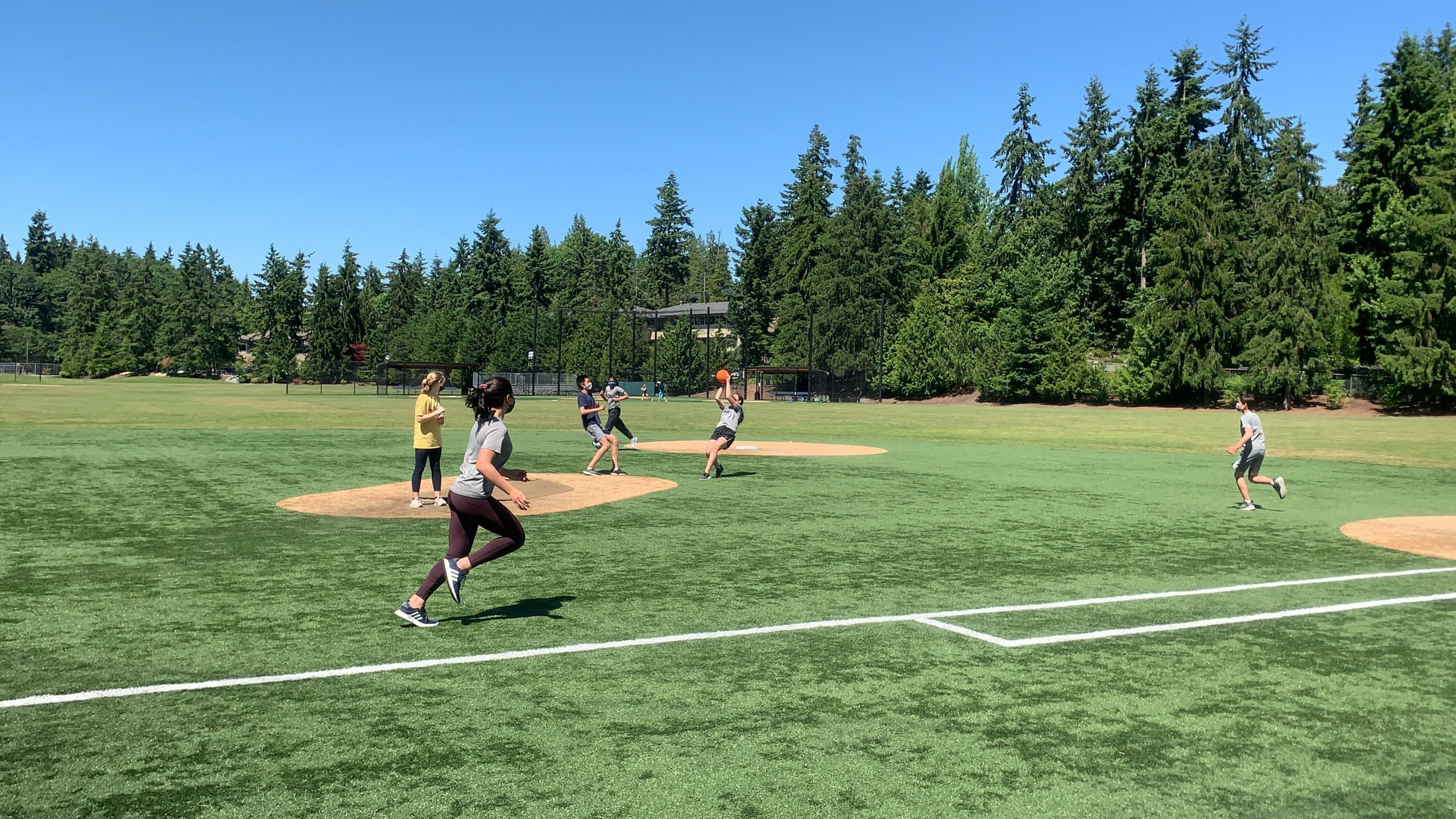 | 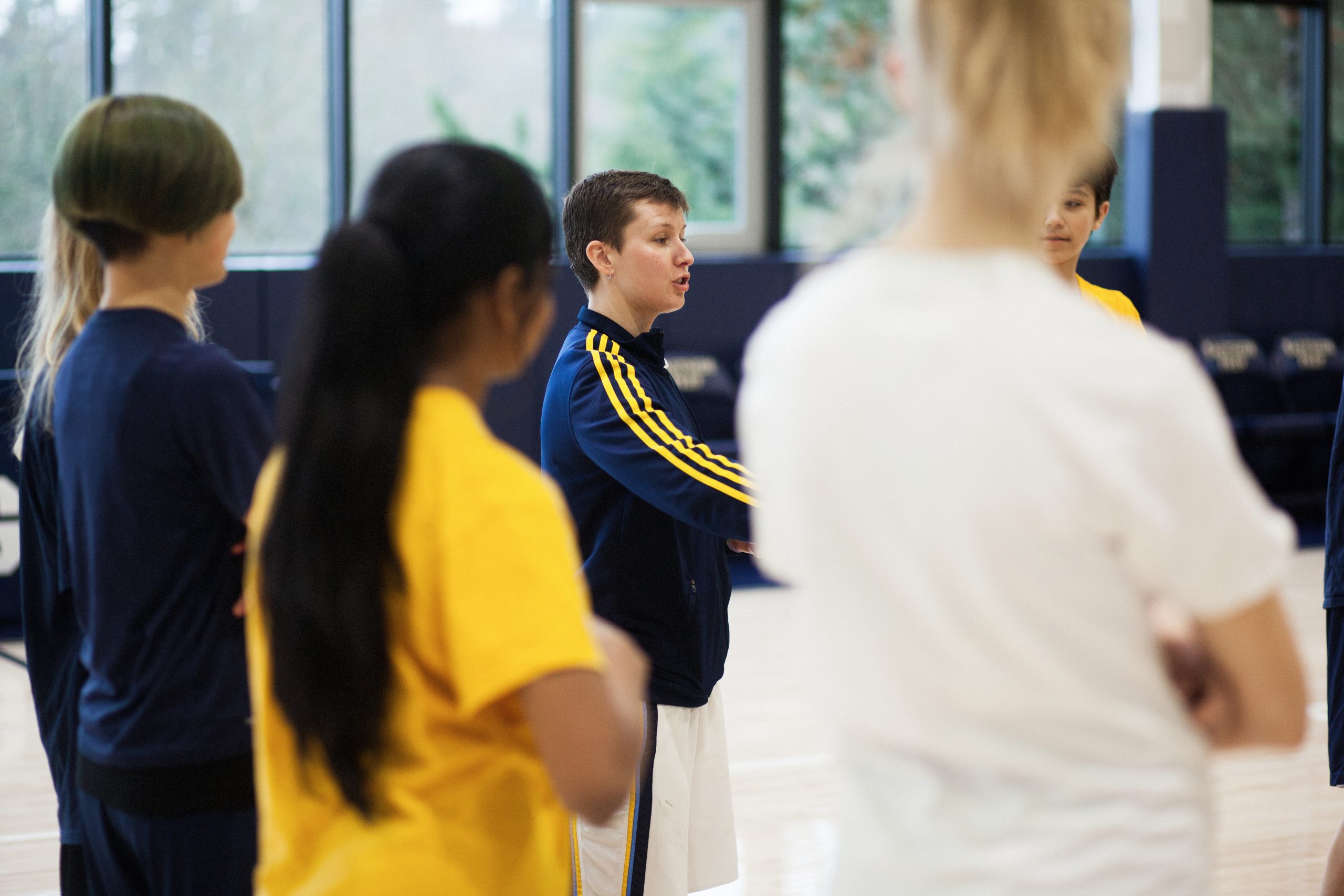 |
Develops a mutually respectful relationship with each student
I plan for activities where students can both have fun and learn something at the same time. The overarching goals are for my students to have 1) movement in their lives 2) a better understanding their bodies (through various metrics of health) and 3) find ways to have fun to promote a lifetime of moving.
The specific modules or sports of each class do not need to be the same, as long as the content helps us accomplish these goals. Students should have a shared understanding of the framework of the class: experience growth progressing through a sequence of skills; understand the role of formative assessments of applied skills, and 3) increase their own agency in the process of setting goals and self-assessment.
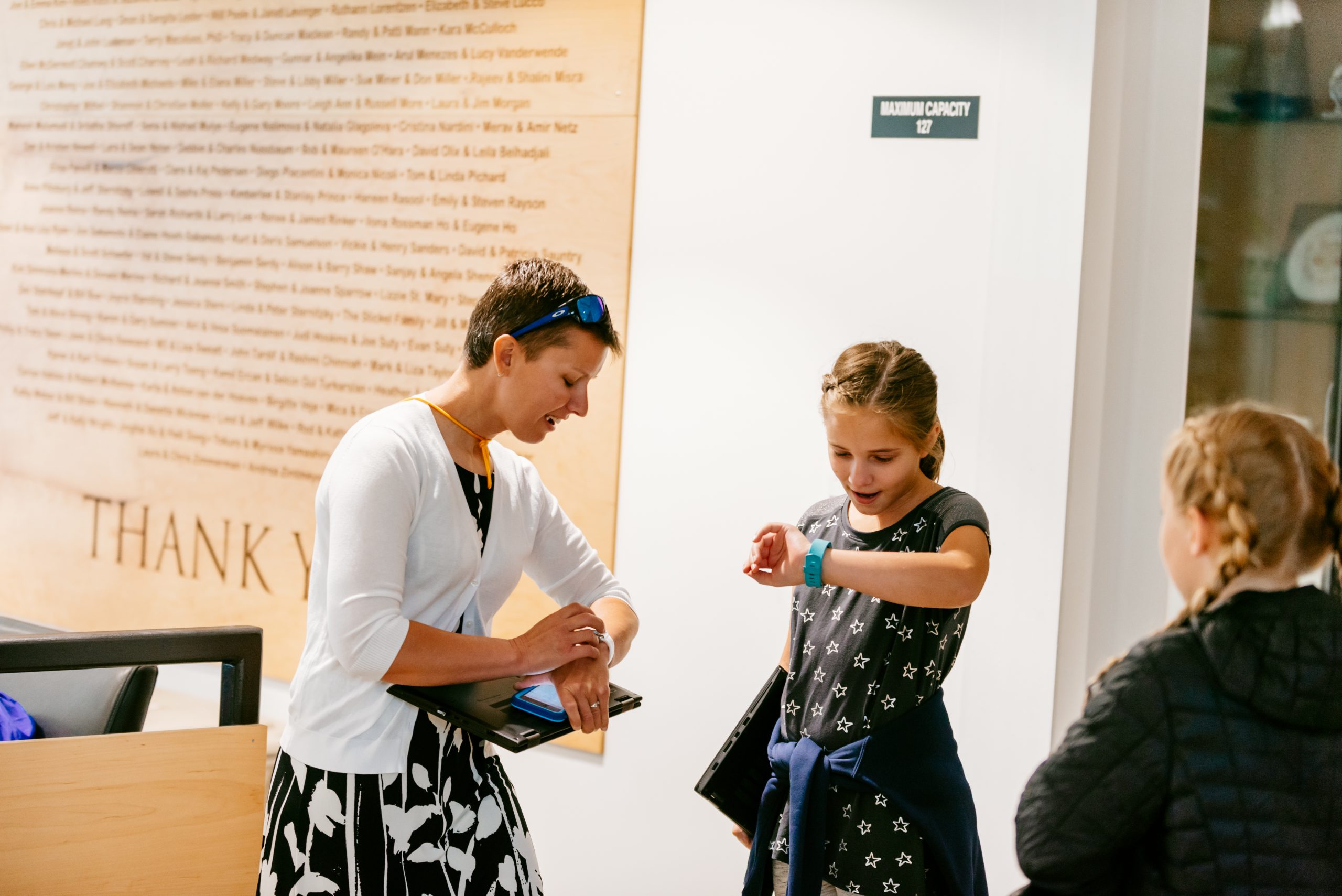 | 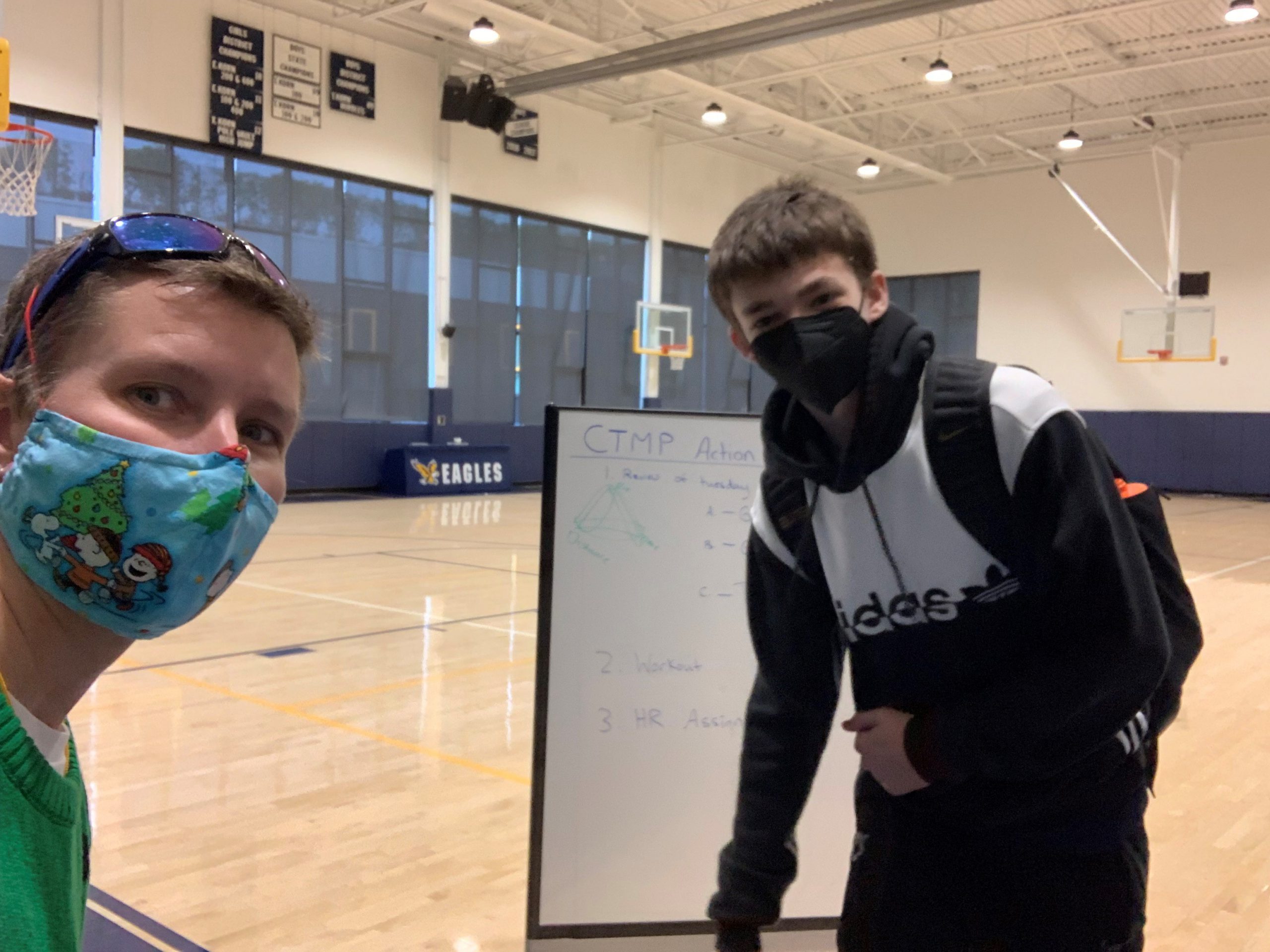 | 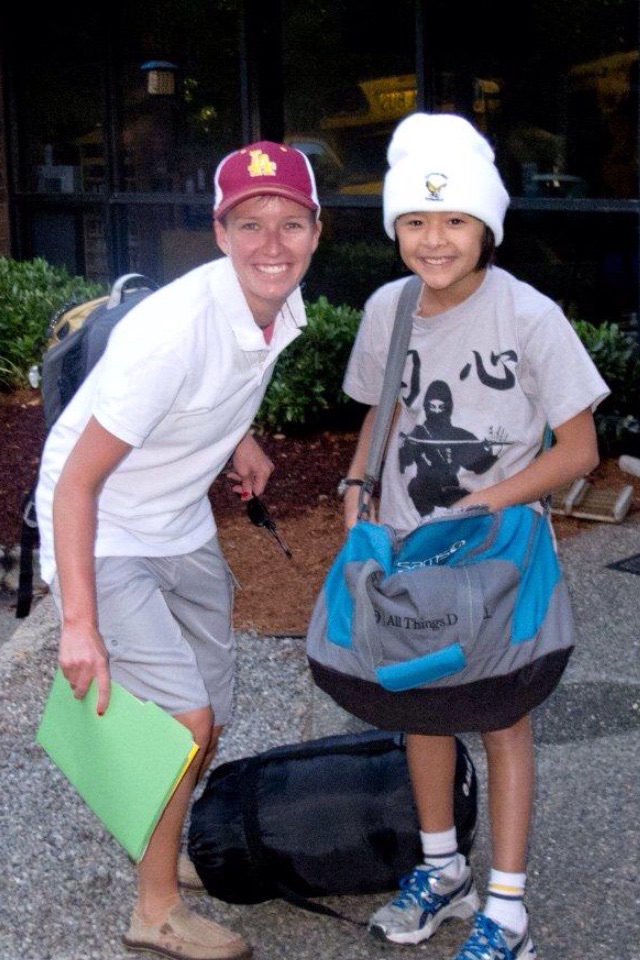 | 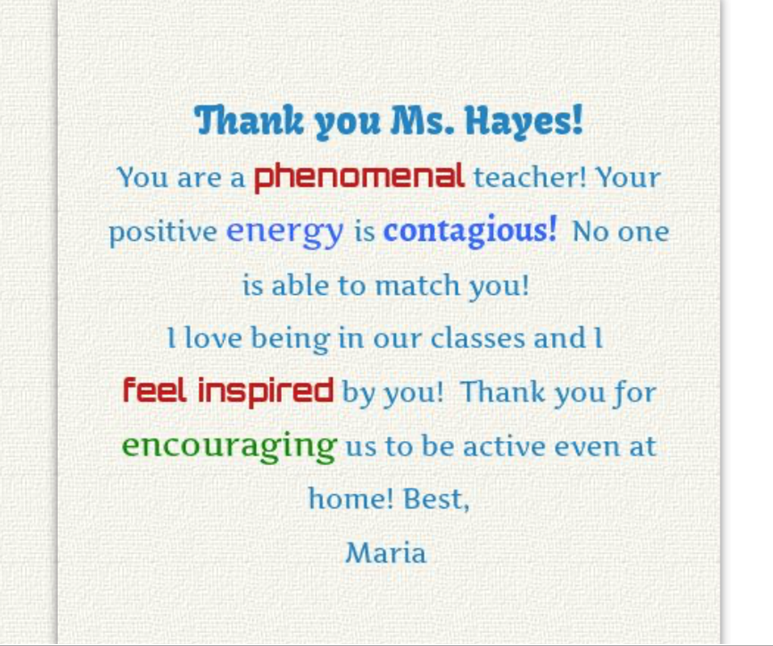 |
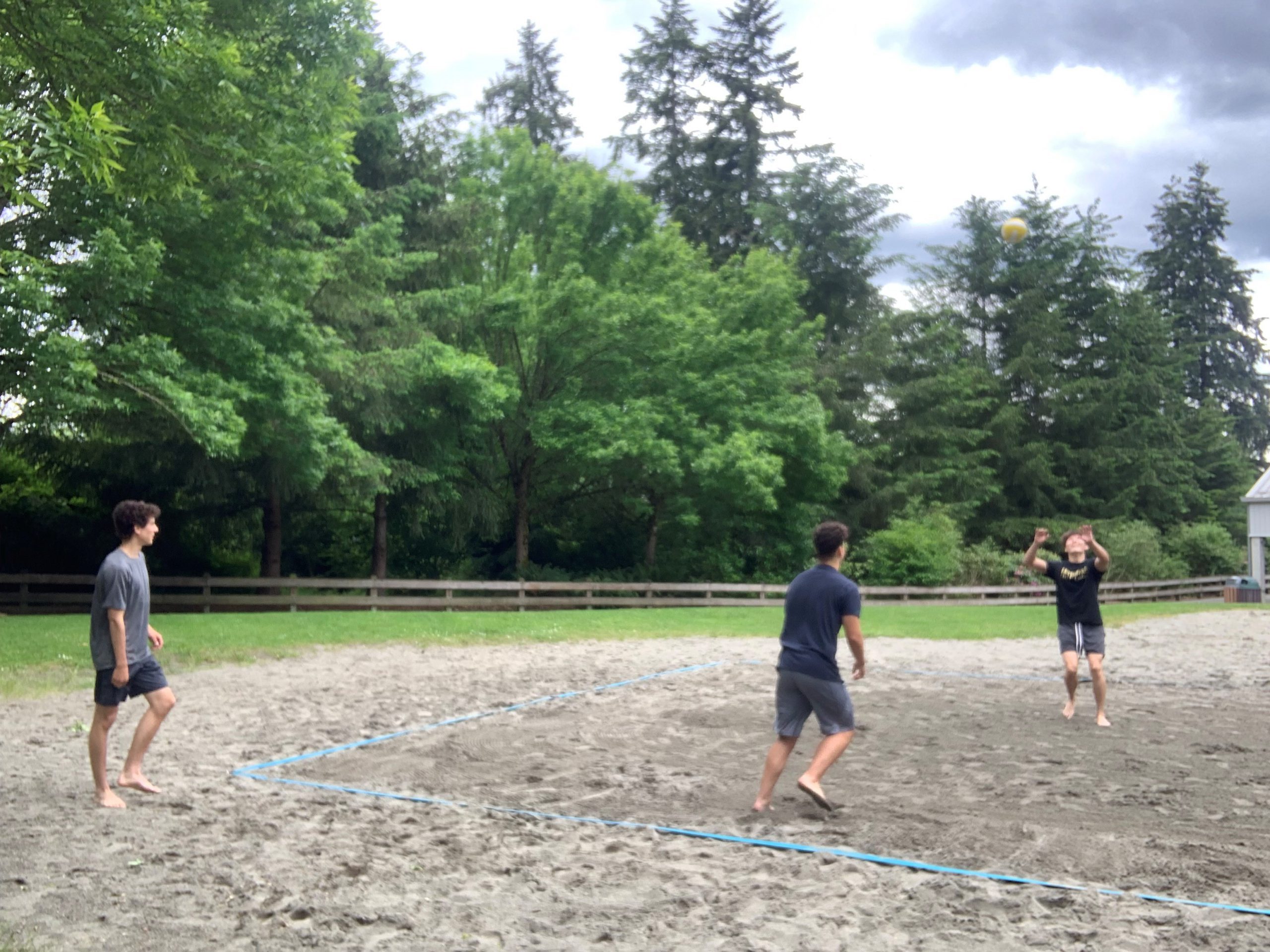 | 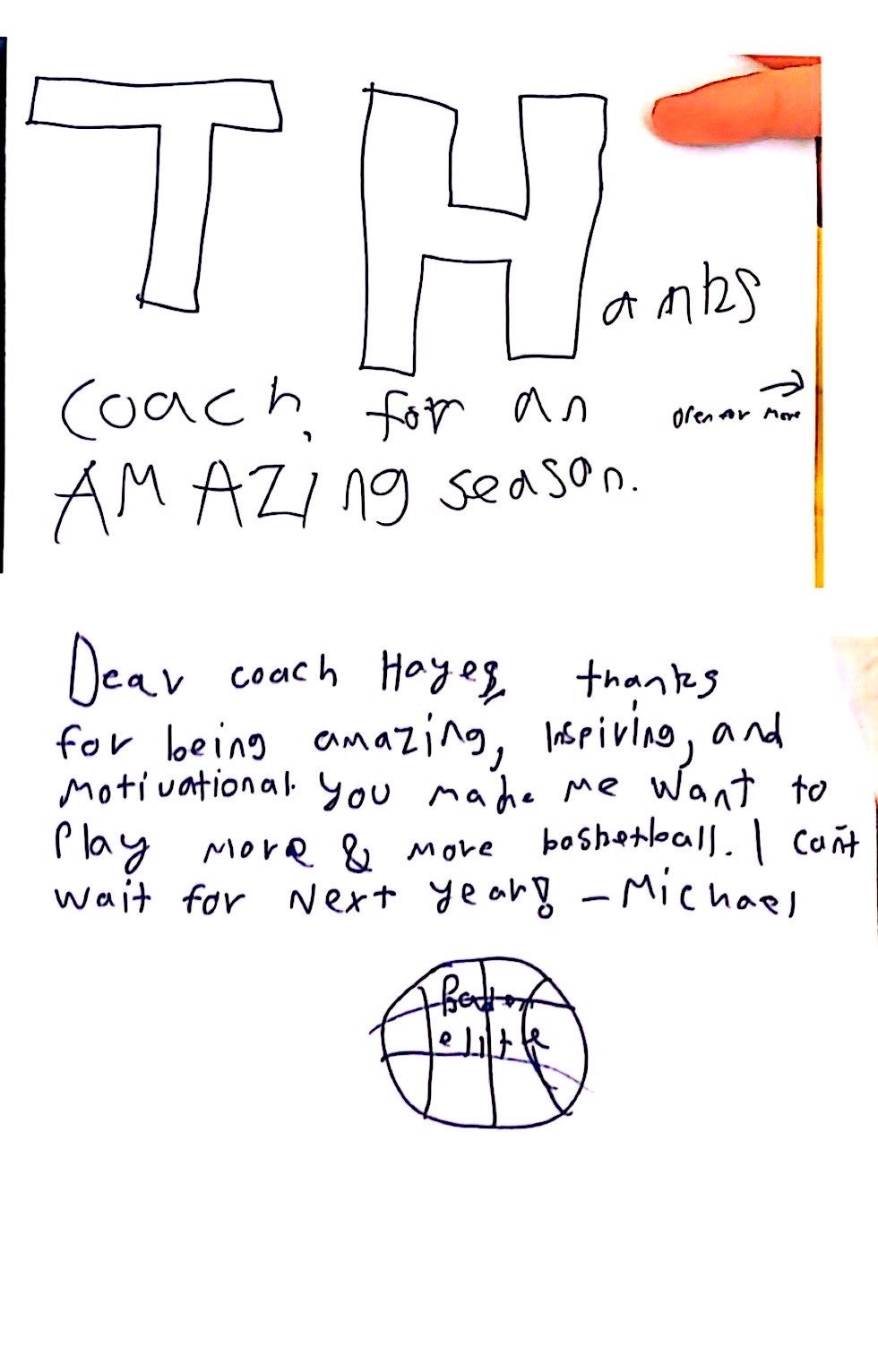 | 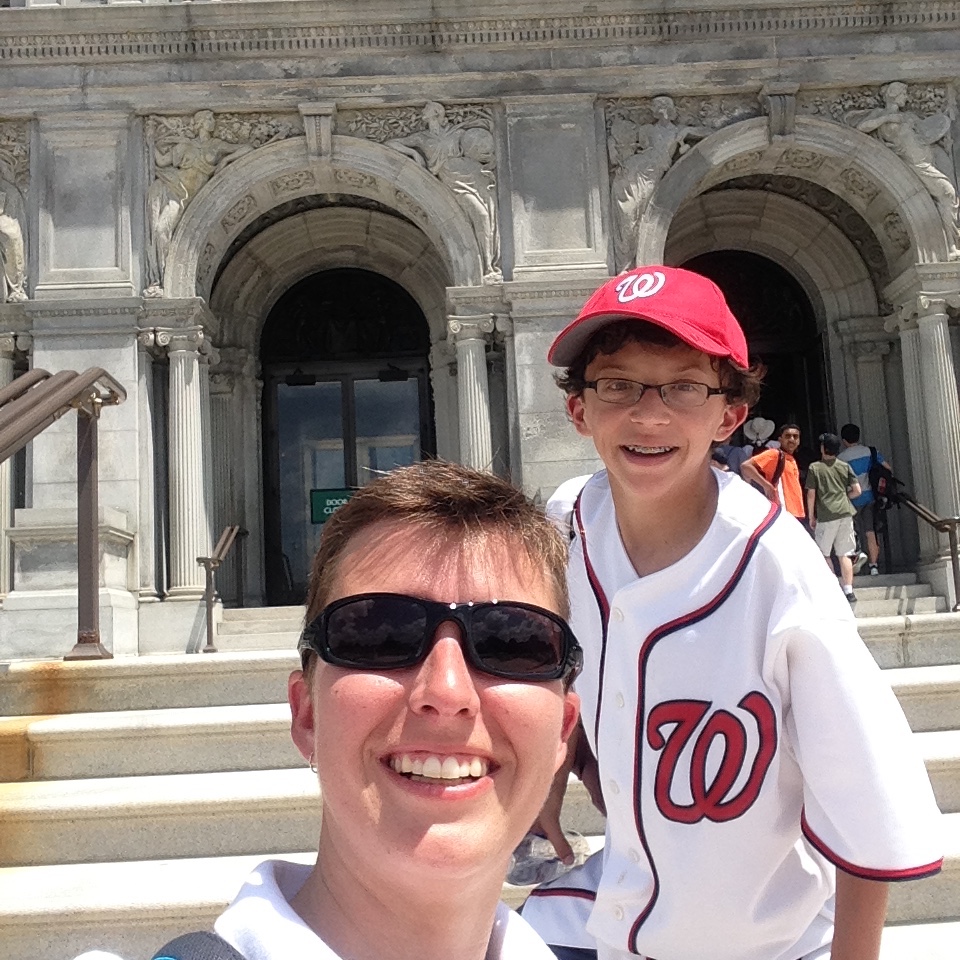 |
Demonstrates cultural competence by promoting inclusivity
I challenge students to learn how to recognize and value the different strengths students bring to teams. This begins with discussion of what participation and leadership looks like, modeling positive and supportive language, and recognizing students supporting and challenging others in appropriate and inspiring ways.
Student-led modules create opportunities for students to bring their knowledge and experience in group sports and games into our classroom, through incorporating activities from around the world such as Kabbadi, Pithu, Cricket, Swimming, Skate Boarding, Fencing, lacrosse, touch Rugby and Squash.
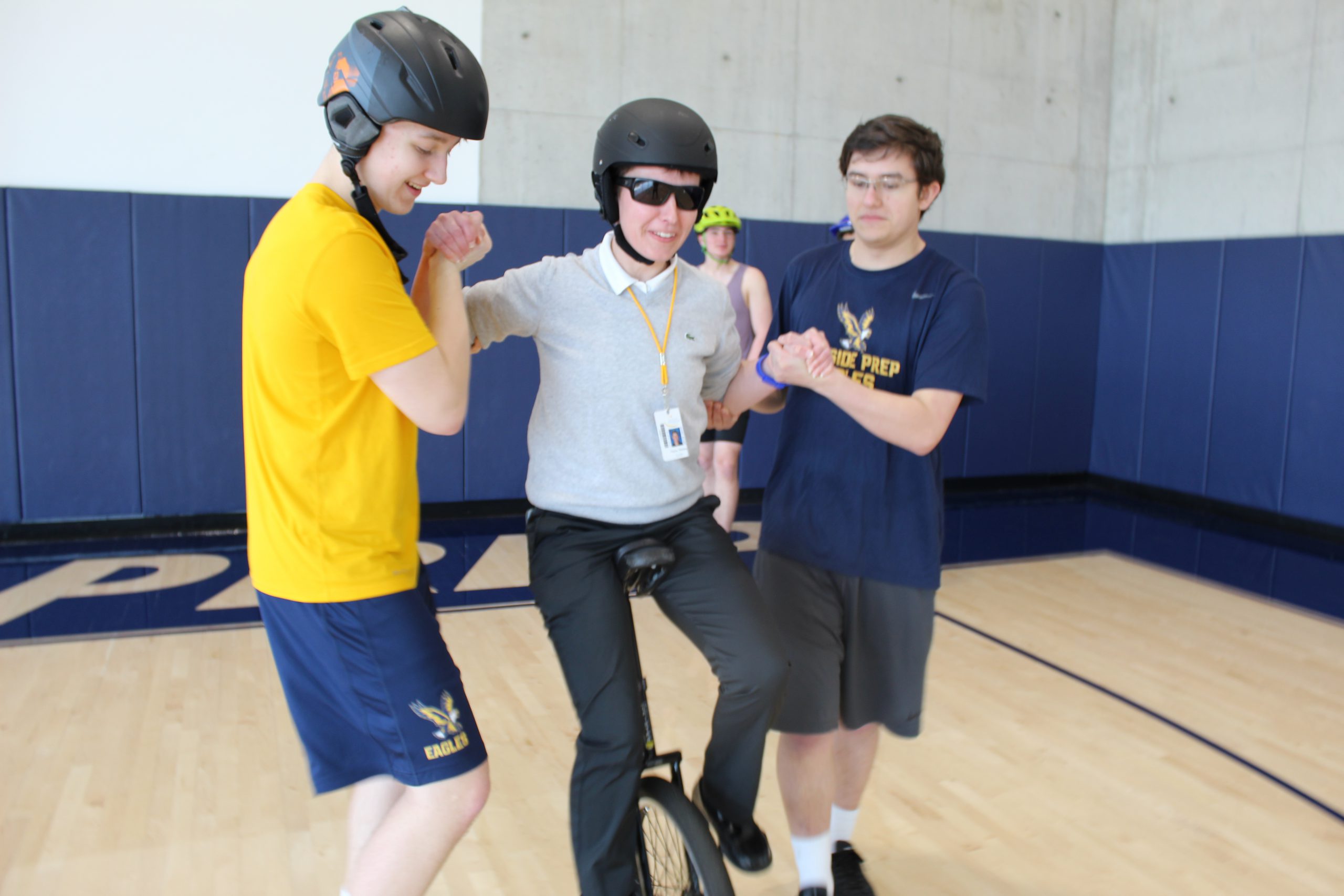 | 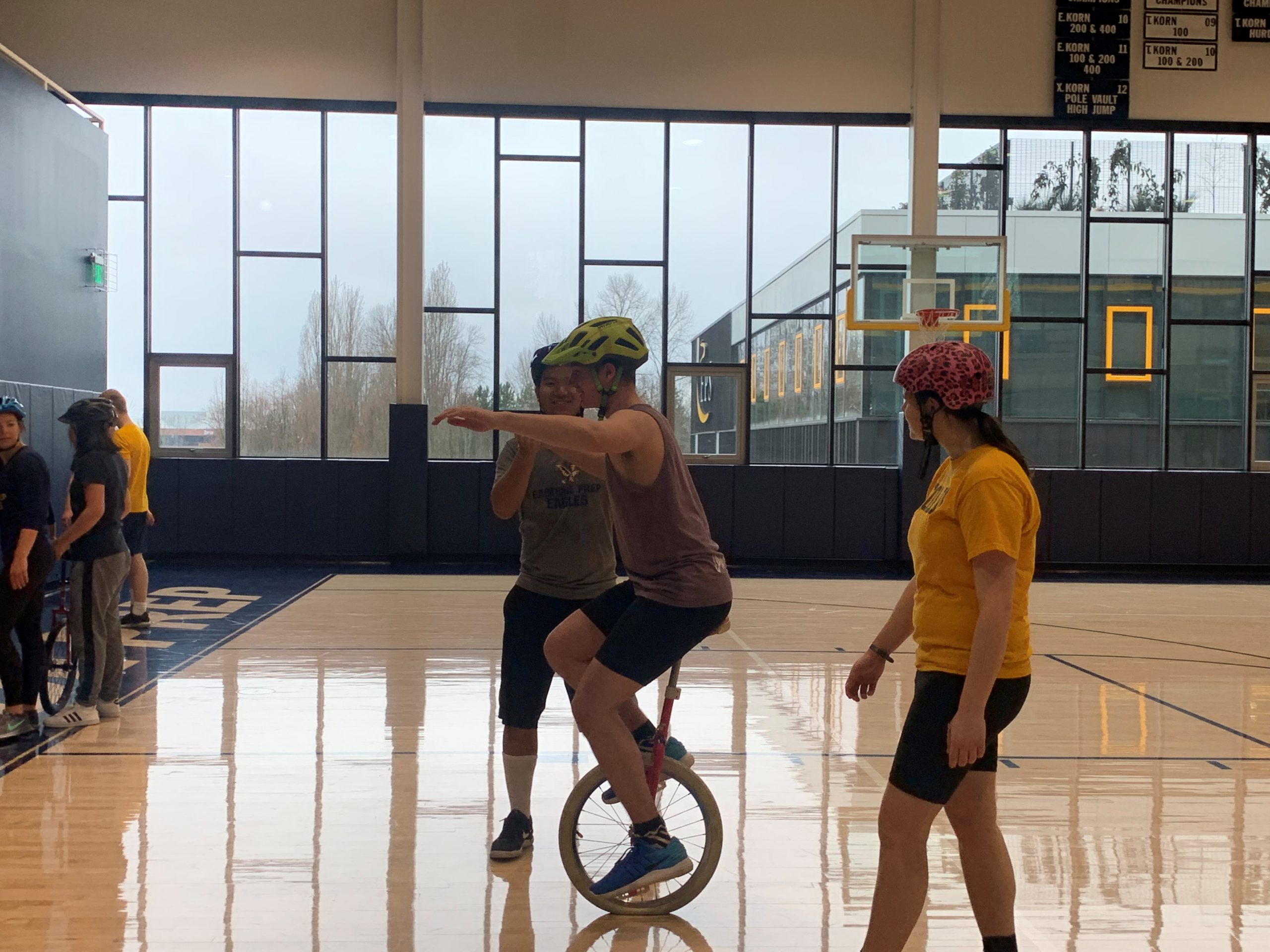 | 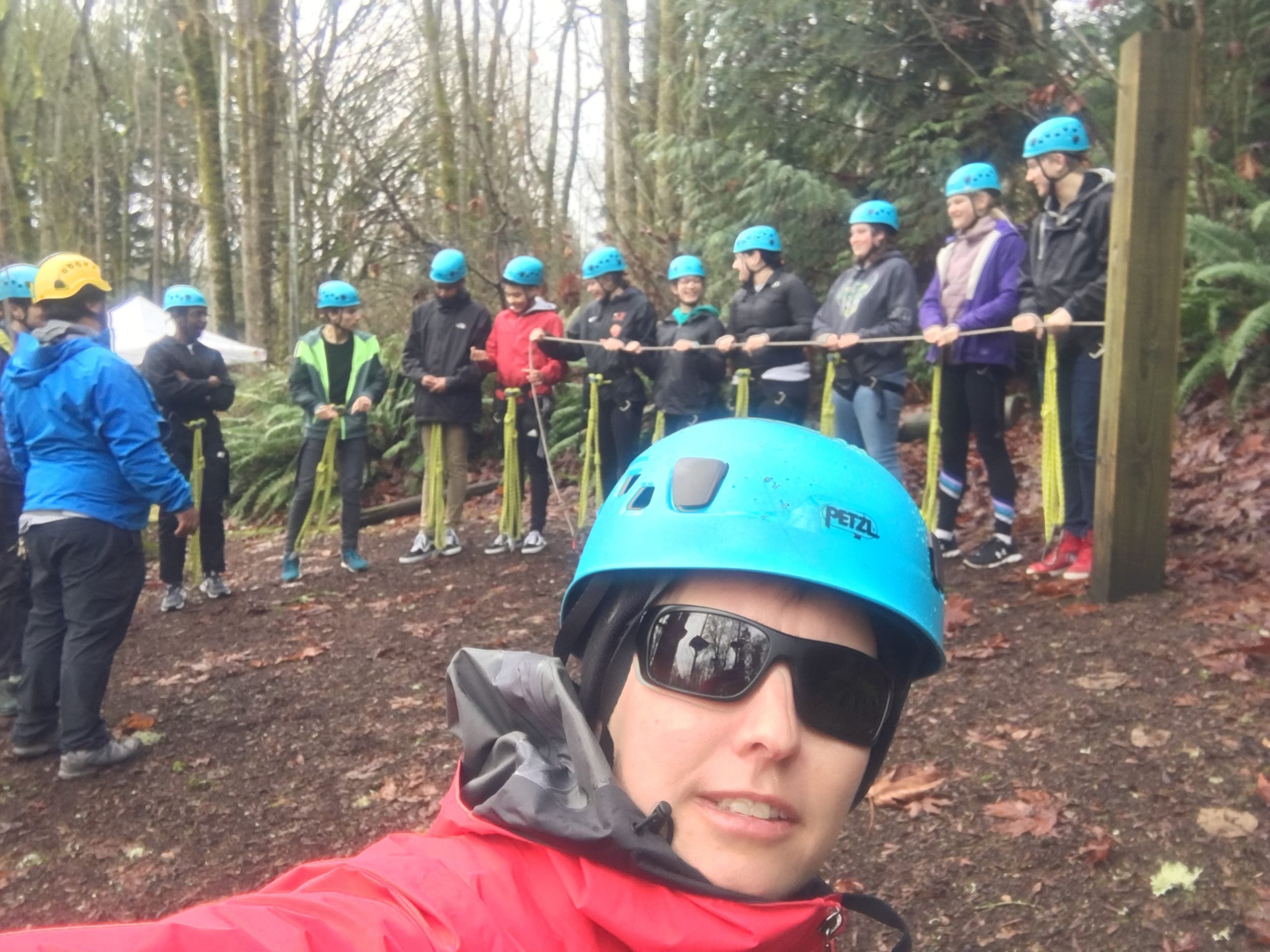 | 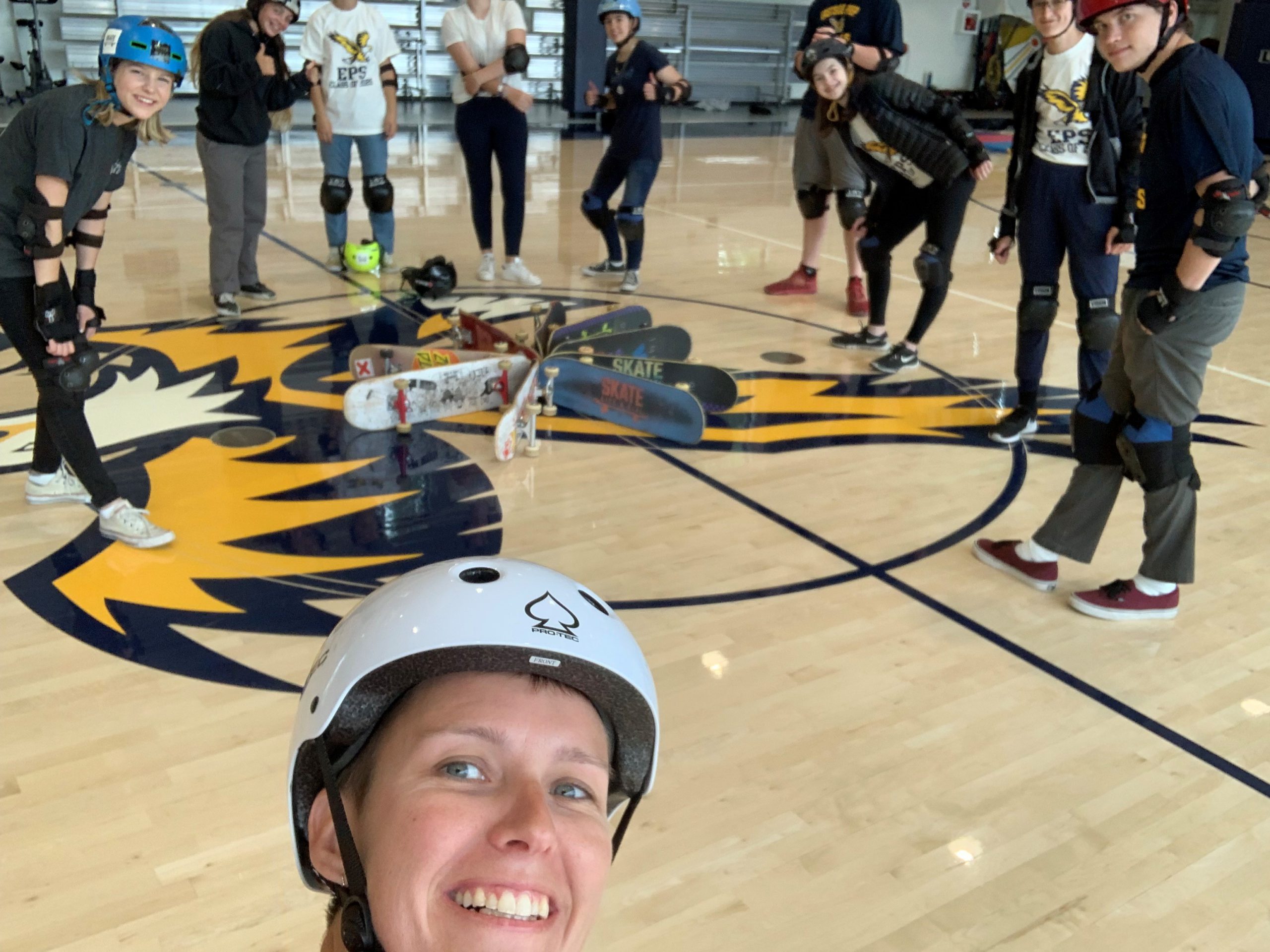 | 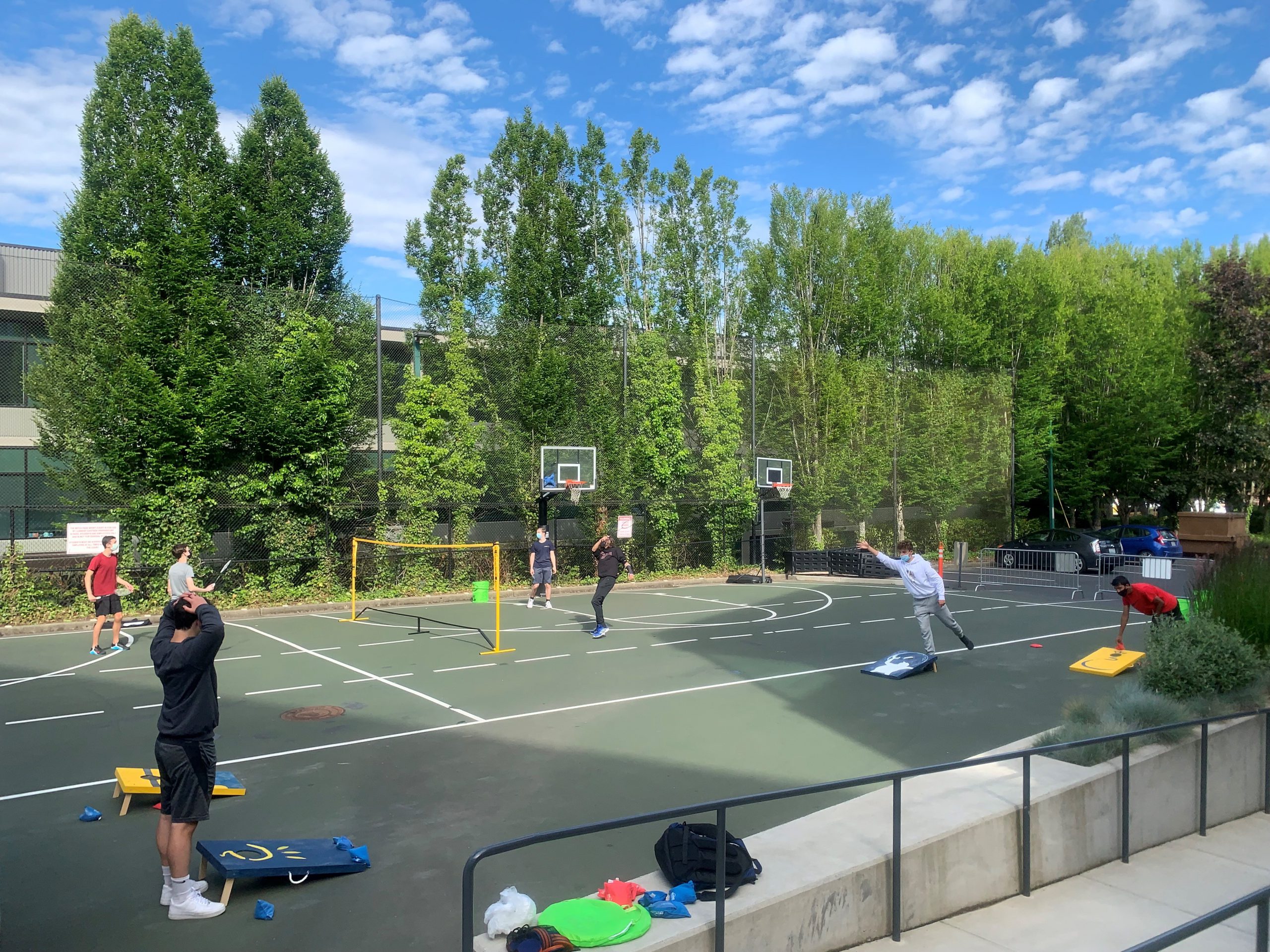 |
| Unicycling | Unicycling | Climbing and High-Ropes Challenge | Skate Boarding | Lawn games: badminton, corn hole and can jam |
 | 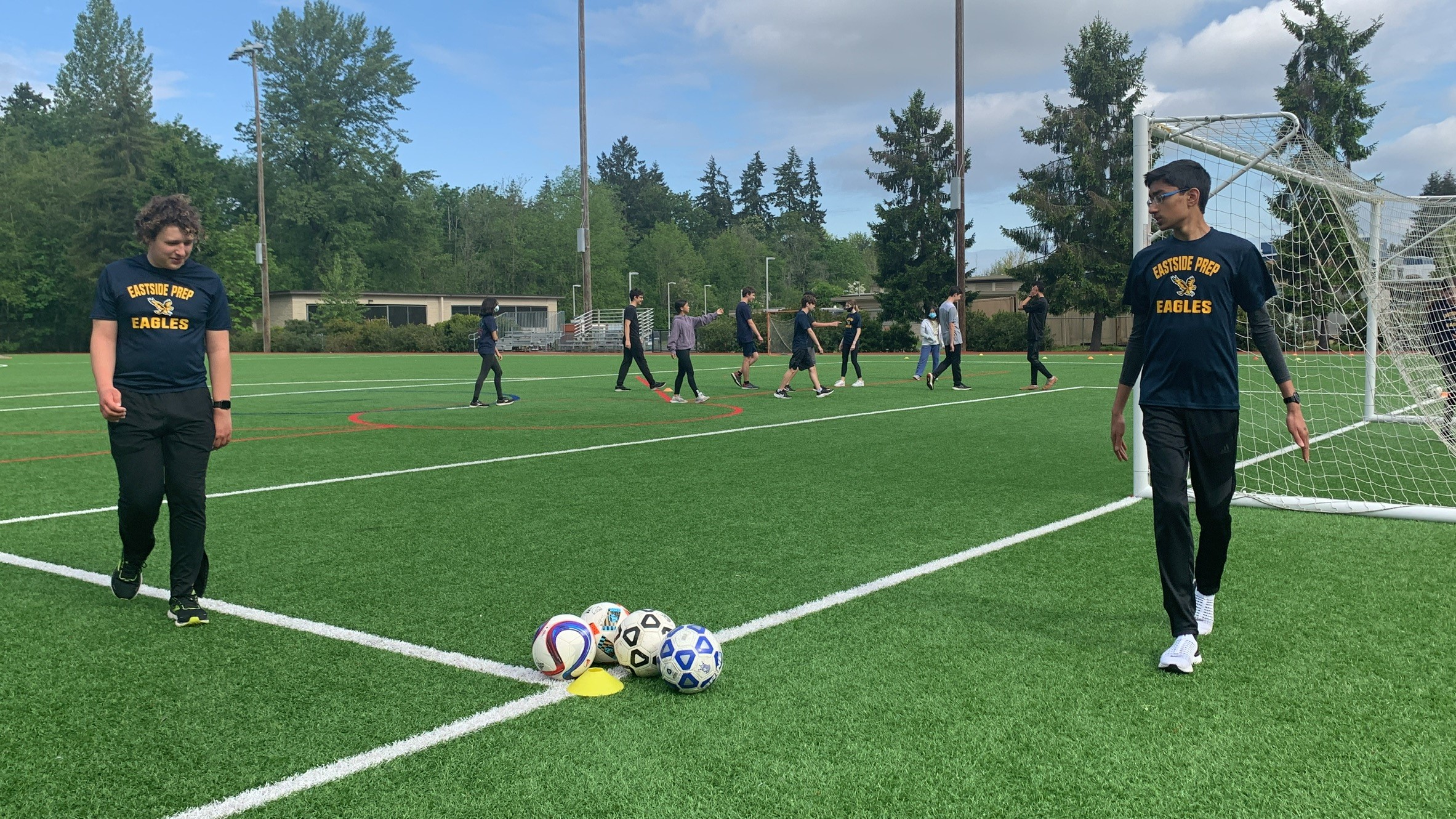 | 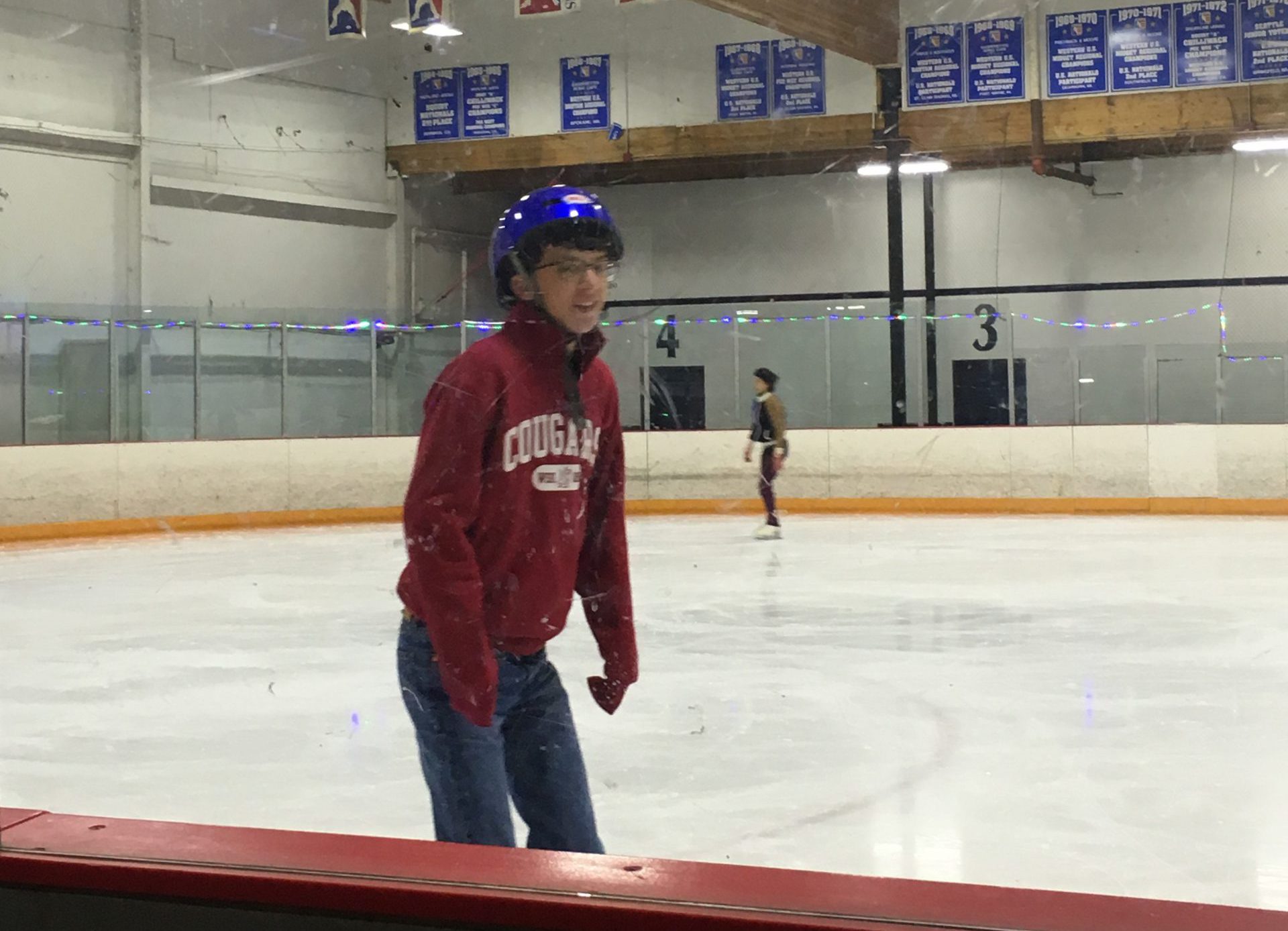 | 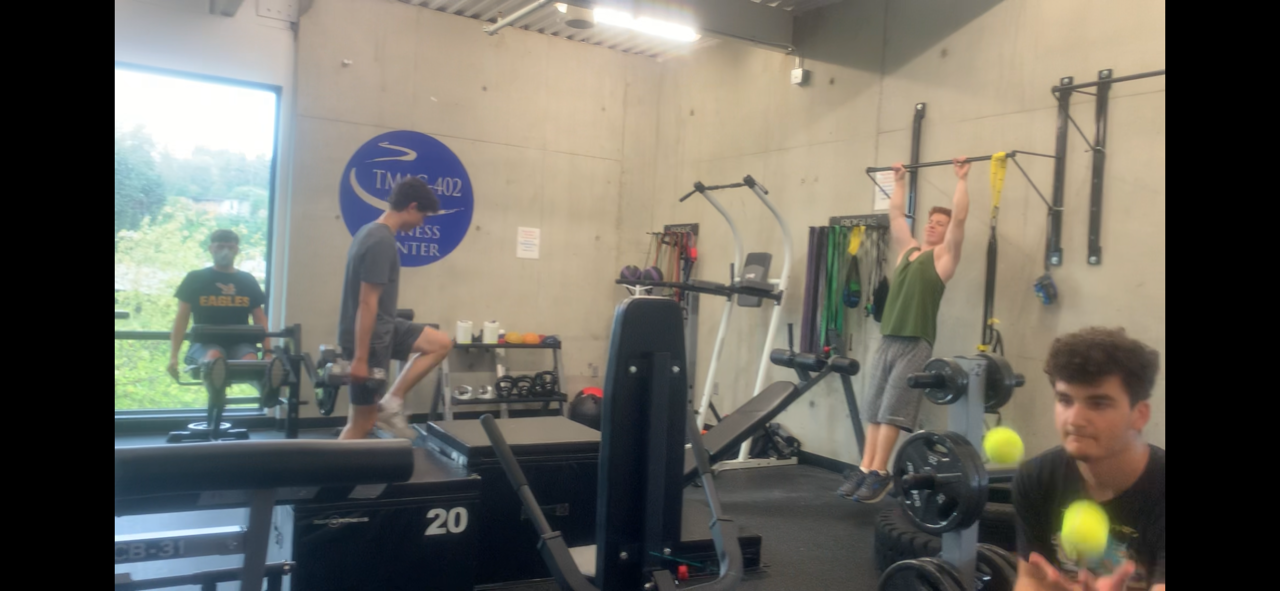 |  |
| Lacrosse | Soccer | Ice Skating | US CTMP | Movie Workout |
Designs and facilitates a classroom culture that promotes student preparedness, engagement, self-advocacy, perseverance, and collaboration
Leadership can look very different depending on various circumstances. On an athletic team with shared goals (e.g. a soccer team), you have much more consistent levels of skills/interest levels, since members of the team self-select to join (and participate). When a student brings their passion for that same activity to a PE class, the leadership skills they need are very different. In a PE class, you have a group of students with a much wider range of experience, skill levels and interest levels in participating. Utilizing student-led activities gives students the opportunity to learn how to both be leaders and be led by their peers. This is also one of the best ways to incorporate outside-of-school sports interests of students into our classroom activities.
During each sports unit, we begin by sharing what we know and practicing basic skills. Then, we move on to varied drills providing students will the opportunity to practice skills in action, and to demonstrate or observe demonstrations from classmates. After a few sessions, we incorporate scrimmages. During a basketball unit, students may be working on different skills and drills to meet them where they are and provide the opportunity to practice as needed or progress and challenge oneself. When we begin to scrimmage students select a group with which to scrimmage based on their comfort at that time. Students who feel comfortable with the skills we have practiced and ready to participate in a game will go to one side of the curtain in the gym. Students who feel as though more repetition of a drill will benefit them most will stay on the other side of the curtain and work together to continue to develop comfort. This structure allows students to move from one group to another as desired. The next phase of this process is for both groups to scrimmage and again be able to move based on their comfort and level and type of challenge they wish to pursue. Within each of the two groups, students are asked to work together to split into two evenly matched teams so that they can challenge each other while not overshadowing each other.
Recognizing and appreciating where each student begins, how they contribute and what engagement, self-advocacy and perseverance for each individual is a process. Observing students share the power of “yet” and hearing questions about the concept of “fast, faster and fastest” are a few examples of students gaining perspective in how we define and label ourselves and others. When a student comments “I can’t run fast” and another student quickly responds “yet”, it is a message of empowerment and support. When we create groups, we aim to notice and maximize diversity and strengths.
“How might we…?” or “Let’s consider how that fits into our mission and involves movement” are responses to support self-advocacy and continued conversation to help students engage and collaborate. Student-directed units and student-choice units are two ways in which I have had the opportunity to consider what students think is PE and what students might not realize can be PE. I had a group of students who said that they wanted to play the fictional-book based game Quidditch, which in its fantasy world involves flying broomsticks and sentient balls. I asked “how might we do that given the world in which we exist, the people and tools/equipment we have access to, and the time we have”. We went to the fabrication studio and constructed “goals”, visited facilities for brackets to hang the goals, used hockey sticks, a deflated volleyball, flags from flag football and hula hoops to create a simulated version. Students worked together, exchanged ideas, and put students into roles that best maximized their strengths within the game.
Differentiated Instruction and Assessment
Discovering the Universal Design for Learning (UDL) framework and its underlying guidelines provided me with an opportunity to expand the language I have at my disposal when discussing the approach towards instructional design and assessment I’ve been using for the past 15+ years of teaching. The UDL Guidelines comprise a framework that was designed to establish and maintain inclusive learning environments.
Over the years, I have been on a quest to find ways to create experiences and feedback loops that allow me to meet students where they are when they enter my class. I’ve always encouraged and proactively asked students to prompt me if they don’t understand the “why” behind something if anything doesn’t make sense. The “why, what, and how” of learning have always been guiding ideas for my classes. At EPS, we have engaged students and challenged them to think from various perspectives; as scientific thinker, literary thinker, or historic thinker.
There are multiple perspectives and considerations that I incorporate when developing course content and assessments that allow me to better understand and address 1) the needs identified in any formal learning profiles; 2) the varying physical needs and abilities of students; 3) and the different psychological approaches to connect with students. We encourage our students to experience the ideas and perspectives of different cultures. Viewing ideas and experiences through different lenses is at the root of everything we do, and how we approach the challenges/opportunities of different disciplines, including physical education.
The four principals that have guided my instructional and assessment approach have been:
- Explain: Describe or share the concept via multiple communication modes
- Example: Demonstrate the concept or skill, or provide examples
- Experience: Provide opportunities for students to practice and experience the concept.
- Engage: Challenge students to discover how engaging in the concept can make connections between the activity/skill and practical applications outside of class.
The CTMP course is differentiation in every sense. While a group PE class provides specific opportunities to consider each students’ needs and create opportunities for individuals and the group. CTMP is an individual approach to Physical Education and every step, every task, workout and assignment is specific to the individual.
Considers and addresses each student’s learning profile
“Learners differ in the ways that they can navigate a learning environment and express what they know.”
Universal Design for Learning (UDL) Guideline
Physical education is in part helping students understand and learn about their own capabilities, capacities, and individual challenges. In order to help guide them, I must be able to understand their own learning styles and preferences. For our students with formal learning profiles, I have two primary sources of information that I can begin working with:
- The information about students available on the support tab in 411
- Any information a student sends as part of their activities in guided study hall (GSH)
When I review student support information in 411, I learn about what, if any, accommodations a student has in their formalized learning profile. I look specifically at how these accommodations will apply in our classes. I also look for specific ways to support students and ensure everyone can engage in class.
When receiving information from a student in GSH, I typically respond by thanking them for sharing their learning profile and asking them for specific details about how they feel it applies to the class.

For students in group PE classes, I will often discuss with them how the class may be different from other classes – there is often more kinesthetic learning, and less, if any, written work. My approach includes asking students to contemplate how the specifics of their learning profile apply to physical education class to be sure we address any concerns that may be different from other disciplines.
After the first or second assignment, I’ll check in with each student on what their experience has been thus far, and if they have any feedback on the current approach. There are ongoing opportunities for students to provide continued feedback throughout the class sessions and unit/modules.
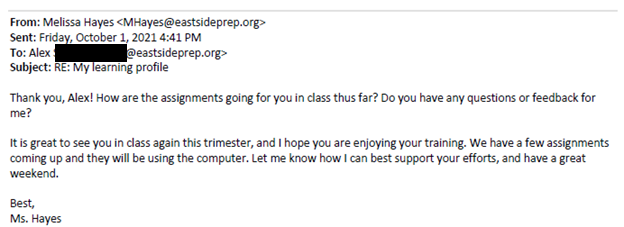

In CTMP, there may be opportunities to adjust assignments or offer options for how to gather, track and present information.
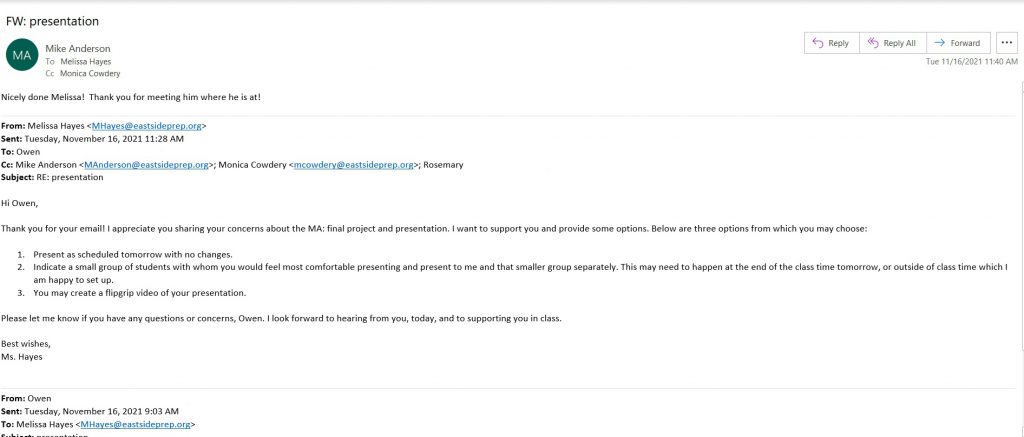
Designs class activities and assignments that engage and accommodate for both individual students and a diverse group of learners
Each class contains multiple opportunities for students to stretch beyond their comfort zone, whether they are students who gravitate towards either individual or group learning.
I often approach designing class activities and assignments based on the grade level and the expected prior experience of students within a class. Regardless of grade, however, students are engaged in activities that require them to play various roles, including leader, support, and spectator.
- PE Group Classes: The class and activities are designed to emphasize skill sequencing, group participation, and valuing the various roles that individuals bring to any group activity. Classes almost always include some sort of student-lead/directed unit.

- Customized Training to Maximize Performance (CTMP): The class and activities are designed to emphasize personal growth and progress with ones own performance and health; understanding individualized metrics; and making connections to how individual performance may align with team performance.
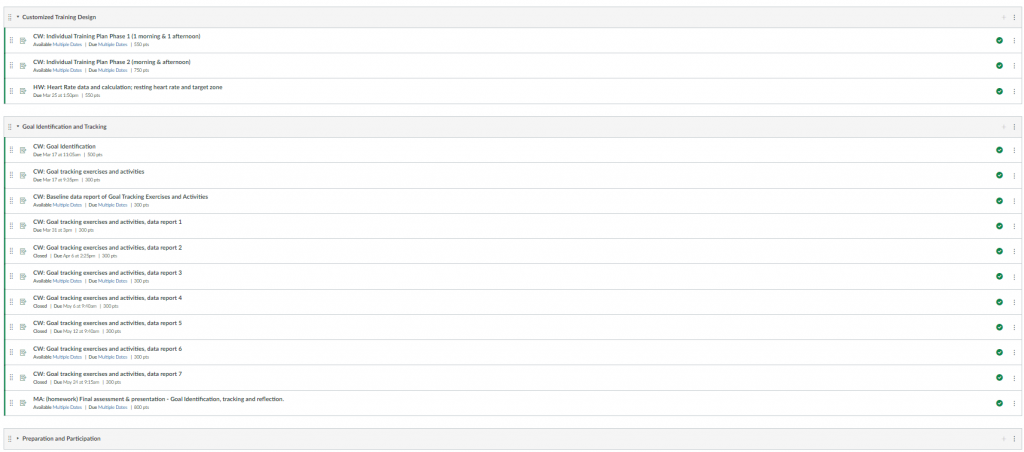
At the Middle School level
- During student led/directed units, each class builds on the previous lessons covered in a class.
- The focus is to help students understand the role (and importance) of learning how to sequence the relevant skills.
- This occurs both as an individual learning a new skill or as an individual teaching someone else a skill.
At the Upper School level
- During student led/directed units, students are permitted to choose a partner to do a student led/directed activity.
- Students are invited to choose the activity they plan to teach to the class, and as a result, there is often much more variety in the topics/skills that are introduced during these units/modules.
- This results in more of a “survey” experience for students; they are not expected to become exceptionally skilled in the activity. Instead, the goal is to provide students with a broader level of exposure to various skills and activities.
- This structure invites student to introduce classes to outside sports or activities, and to share their interests with classmates.

Builds in opportunities for each student to contribute during each class period
A relatively unique aspect of PE classes can be, for some students, a safer space for an individual to find (and nurture) their voice and leadership skills when compared to the application opportunities in other classes. Some students who struggle to participate or engage in other disciplines may find themselves unexpectedly thriving in a PE class due to a variety of underlying reasons.
Sometimes, it is simply because of the different nature of the activities in a PE class, where there is more movement (kinesthetic leaners). Other times, it is because a student may have higher levels of self-confidence in an existing skill set. Oftentimes, these students evolve to become more active participants in class and are more willing to speak up, lead, and engage in class in positive ways.
Alternatively, some students experience PE and emerge with a more humbled understanding of group dynamics, and greater understanding of their individual roles as leaders and teammates.
In other circumstances, this type of student may tend to be more outspoken, and prone to correcting others (even when inappropriate) in other spaces, classes or activities. These students may begin a trimester with a certain set of beliefs about what contribution/participation may look like in a PE class. Typically, however, these students learn how to better empathize with others through activities that expose them to alternative roles and responsibilities.
Finally, there are the students who simply don’t want to be in class, and are only there because they need the class to graduate. The most successful approach comes when students are able to acknowledge this ‘elephant in the room’, and acknowledge the fact that they are coming into the class expecting to loathe the entire experience.
I have found it to be very fulfilling when the class and assignment activities support these students finding the aspects that they actually enjoy and finding methods to incorporate physical movement into their life experiences.
Pedagogical Effectiveness
Effective pedagogies depend on behavior (what teachers do), knowledge and understanding (what teachers know) and beliefs (why teachers act as they do). Effective pedagogies involve clear thinking about longer term learning outcomes as well as short-term goals.
The progression of many physical education skills depends on people being able to build on foundational skills and sequencing. In order to do so, a clear progression of skills should be clearly identified and shared. Students (and perhaps people in general) often perform better when they understand the “so what” of why we’re working on some particular skill or doing a specific activity. A core tenet of my teaching style has been to tell students very directly: if you don’t understand why I’m asking you to do something, ASK! There is always a reason behind everything that I do, and behind every choice I make in our classes, and situation permitting (e.g. that it does not create an unsafe environment) I would always prefer to share the logic. Sometimes we do not know what we do not know so I actively strive to provide explanation and balance the directions with the demonstration and engagement to help students along their learning journey.
Begins class sessions with a clear statement about the lesson’s objectives and place in the progression of course
Regardless of what class I am teaching, I always share information in multiple modes (both verbal and written) about what we will be doing, the objectives I have for them, and an overview of how we will progress through the class.
- I start every class by greeting students
- Then get them started on some type of warm-up, during which we often:
- Talk about the activities for the day
- Discuss how the class will fit into the larger scope and sequence of the unit (if applicable)
- I’ll provide initial guidance to students typically follow the following framework:
- Describe to students what I am about to show them verbally.
- Show them the skill through demonstrating it myself (or having another student demonstrate)
- Ask if students have questions about what I’ve just shown them.
- At this point, students are given the opportunity to practice the skill and/or begin the activity. During class, regardless of activity, I am providing feedback to students as appropriate.
- During water breaks are another opportunity for students to ask questions, and for us to maintain clarity about the objectives of the day.

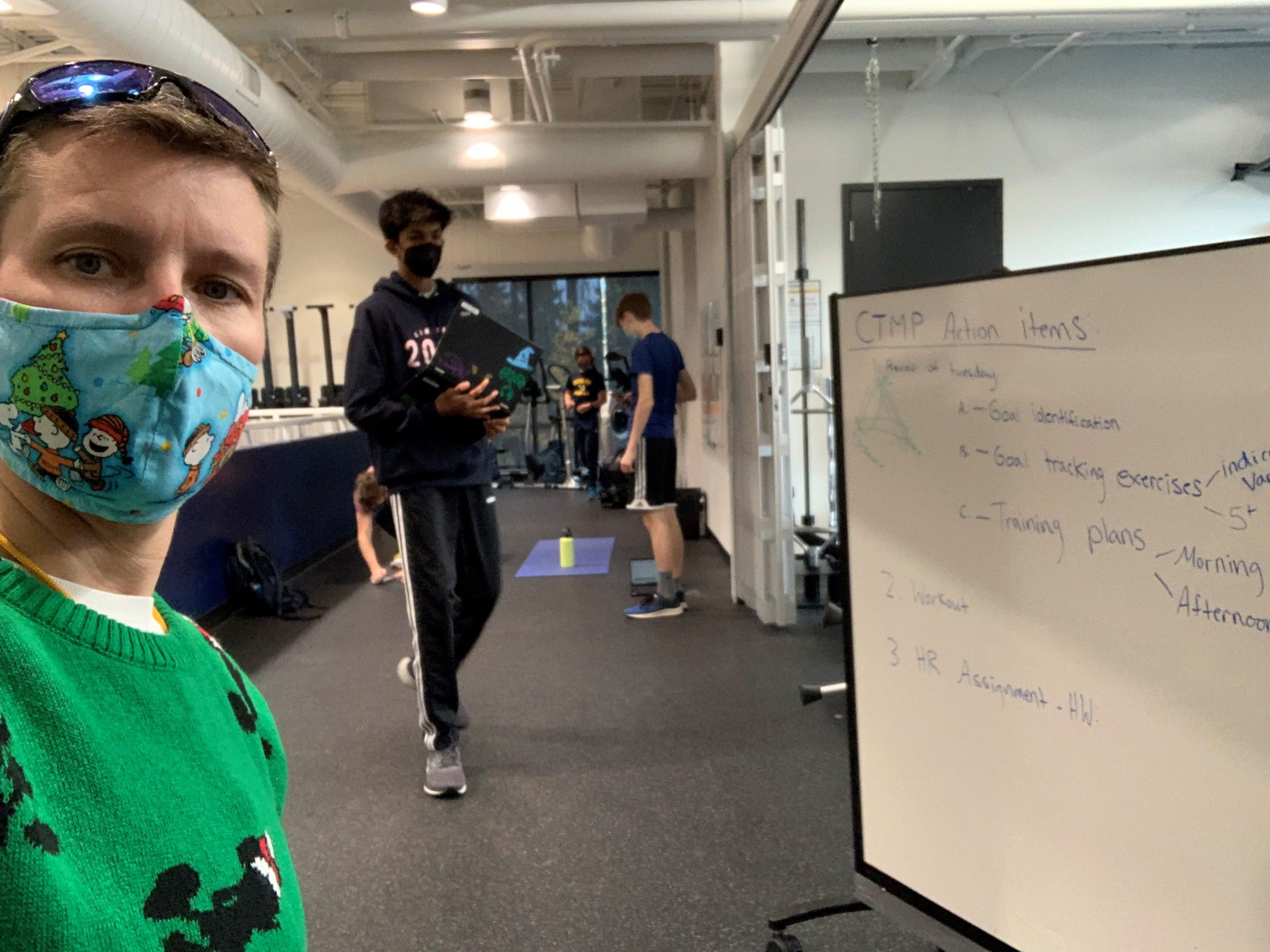
Designs and implements varied activities in each class period
As discussed in other sections of this portfolio, there is a wide variety of activities that may happen during a physical education class. Designing the specific activities and skills in any given class are driven by a few different factors, primarily 1) the type of class (Group PE versus customized training); 2) the age of the students; and 3) the individual interests that students bring to the classroom.
I give upper school students as much ownership over what we do as feasible (and reasonable), which often results in higher levels of engagement in class activities. A crucial part of the learning process is gaining an understanding of the many different ways we can go about achieving what we need to accomplish in class.
So when designing class activities, I guide students through the process of identifying and understanding how any particular activity might help us achieve our objectives. Using a softball unit as an example, we may start out talking about what warmup activities might be most applicable for softball. When playing softball, there are many short/quick movements in the outfield as players sprint for short periods. At bat, the same is true – but also finding ways to develop strength for hitting the ball and strategies for how to hit it where you want it to go. So I will design our activities in each class based on this context, and share with students the “why” behind the sequencing.
We end up doing a wide variety of activities and drills. Sometimes I will very specifically relate why specific activities are in the warm-up (to prepare for later activities). For example, for basketball, we go through a series of dynamic warmup activities to help for the changing movements of basketball. A faster-paced exercises like carioca/karioca (crossover) to work on footwork is followed by open-the gate for hip mobility. With a few exceptions, most exercises/activities are building on earlier-learned movements.
Brings each activity to closure effectively and transitions intentionally to subsequent activities
Transitioning between activities often depends both on the class and the specific unit being taught. Transition timing is sometimes based on the allocated time for the activity/drill; other times, it is based on students demonstrating proficiency. In general , however, there are three main methods that are common across many classes:
- Verbally letting students how many repetitions and/or how much time remains
- Providing ongoing feedback (e.g. as we transition between drills)
- Using water breaks as natural pause points.
At the end of every class (on campus), I require students take a few minutes to tidy up the equipment they have used and clean/wipe down any equipment they have used (this is a practice employed long before our global pandemic experience).
Example: Group PE Class, Basketball Unit
If some students are progressing quicker than others, there are some specific skills/activities that allow individual students to progress onto the next activities, while others continue to work on the development of that skill.
- Dribbling a basketball
- Dribbling a basketball while walking
- Dribbling a basketball while running
- Dribbling a basketball with reverse dribble
- Dribbling a basketball, changing hands, through their legs and practicing crossovers
This is especially important when there are classes with a wide range of skills and interest in any particular activity. For example, during a basketball unit, if there are approximately 16 students in the class, typically 3 or 4 of them are “basketball players;” maybe 4 or 6 are comfortable playing basketball casually; and the remaining students likely have minimal basketball experience or even interest in the game.
In order to help keep students progressing and transitioning intentionally to the next activities, I have found it is effective to empower students to self-assess and self-select based on their individual levels of comfort with a particular activity.
After going through some initial skills and activities, I may ask students to self-select into different teams. I challenge them to create equal teams based on their levels of comfort and proficiency with the skills. This allows students to all participate in scrimmaging, however, it also helps students develop and progress more naturally.
Example: Customized Training Classes
In these classes, the transitions are student-driven, and they are they are transitioning at different times from other students. However, class-wide, there are two main points where we come together in transition points.
- Active warmup at beginning of class (10 minutes)
- Static cooldown at end of class (10 minutes)
The earlier sessions of this class are focused on the development/design of their training plans, initially with a time-based model. So students are asked to think about time-management of their training plan as much as the exercise/execution, and learning how to effectively make transitions between activities. Especially in the first few weeks of class, I remind them to check how well they’re matching their time-based plan, to help them develop a stronger awareness of time passing during a workout, and prompt them to adjust their plans as necessary. As students progress through the trimester, they will typically shift to a repetition and/or distance-based model for their training plan, using the knowledge acquired during the first phase to manage the timing.
My role in supporting the transition process is that approximately 8 minutes into class, I give them a reminder that they should be nearing the end of their warmup. During the class, I will remind them at varied intervals (typically three times)to check their heartrates and record the data. As we near the end, I will give them a verbal reminder about 3 minutes before the cooldown starts.
Ensures that students are using technological tools effectively
Technology and internet-connected devices are becoming increasingly ubiquitous in our everyday lives, and PE class is no exception. How exactly students use technology will vary from class to class, and even from unit to unit. Students will sometimes find benefit from using technology like the following:
- Laptops (to enter data into spreadsheets or other data collection tools)
- Distance-tracking apps (such as MapMyRun)
- Technology-enabled exercise equipment (treadmills, ellipticals, bikes) that measure distance/time and other metrics.
- Heart rate monitors
NOTES: gallery below – row of 5
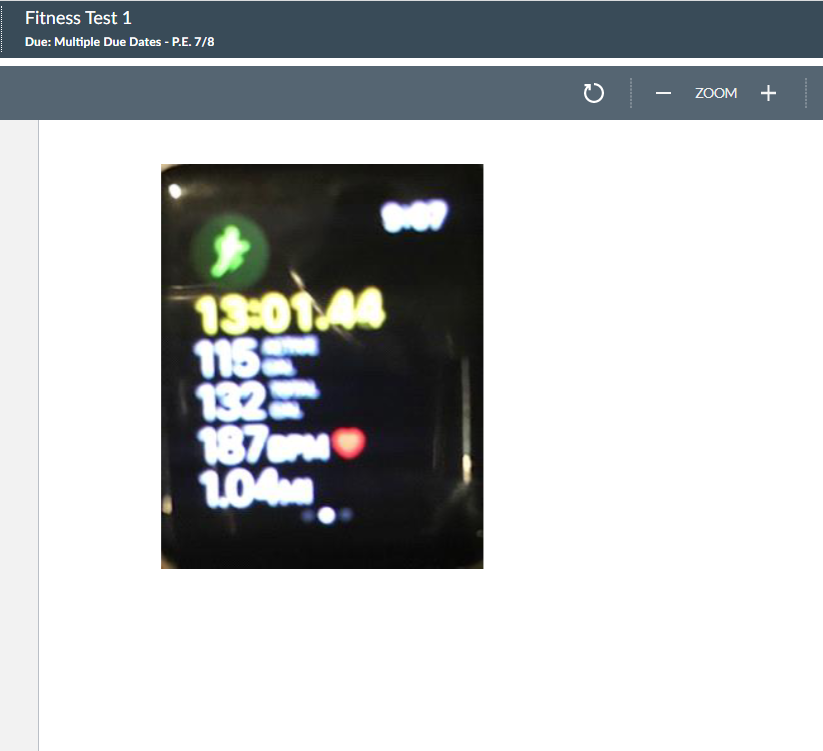 | 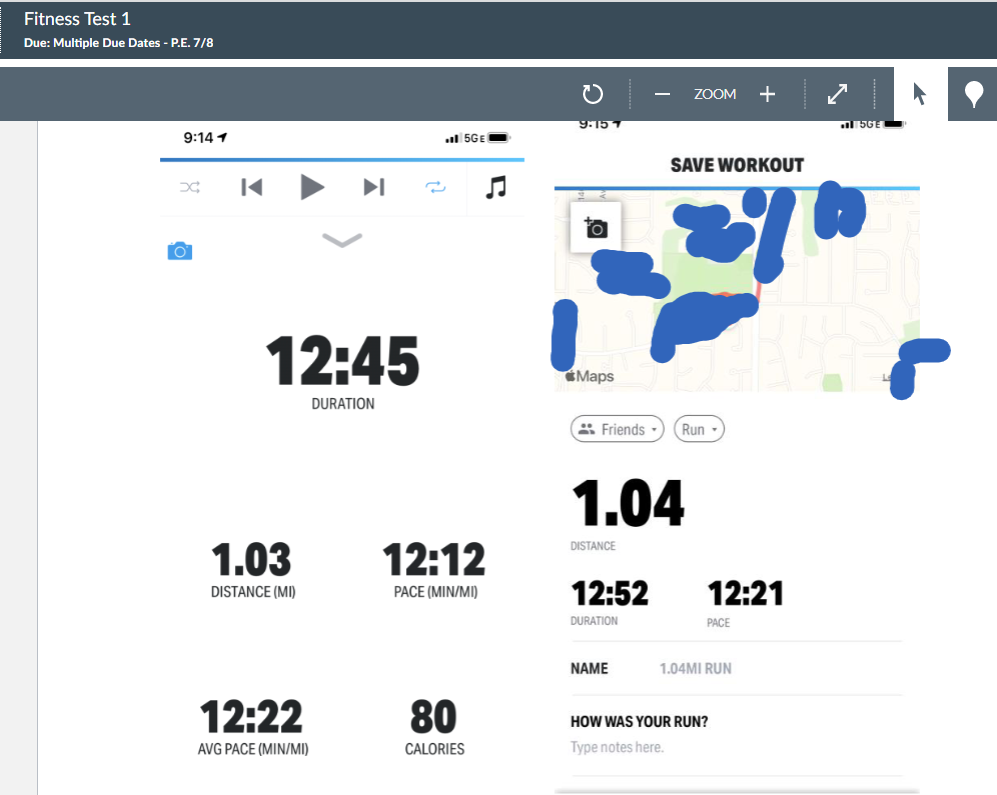 | 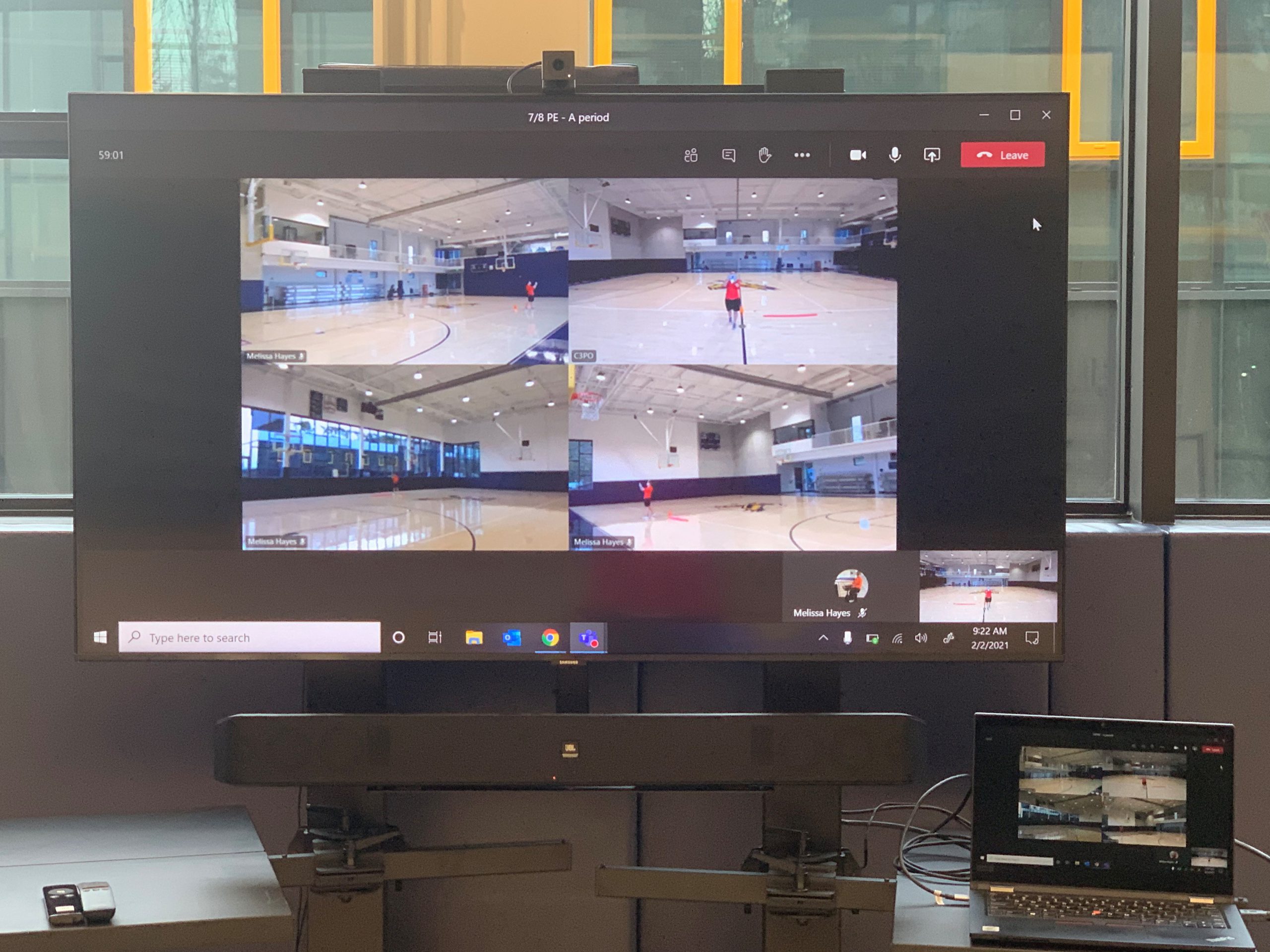 | 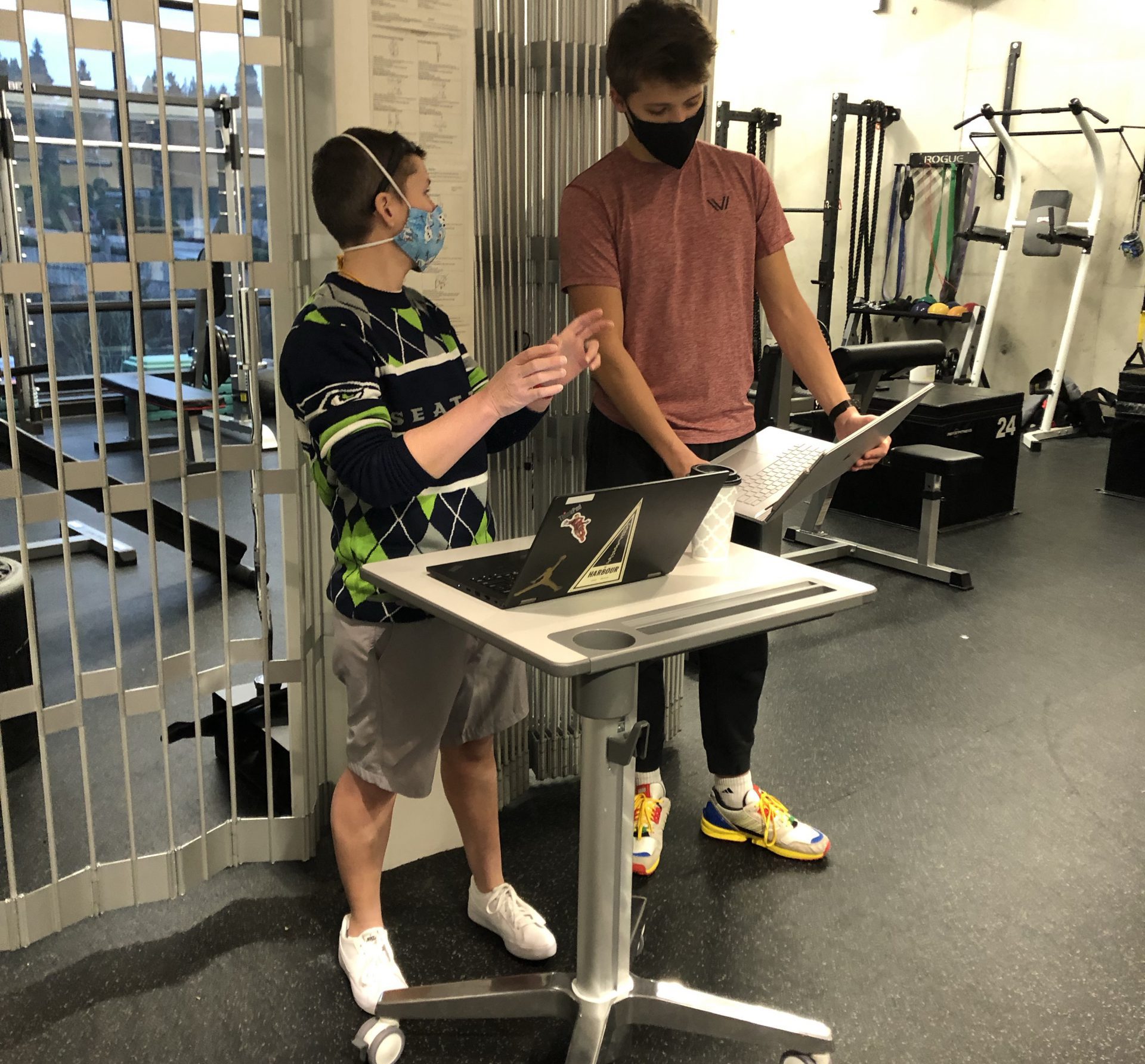 | |
| Distance Tracking, Apple Watch | Distance Tracking, Map My Run | Distance Tracking, Health App | Tools for Remote and Hybrid Teaching | One of many desks in 2021-22 school year |
In all my classes, I encourage students to use technology tools as applicable to track, record, and assess their progress as well.
I encourage students in my customized training classes to use the technology and tools at their disposal to track their exercise metrics including measure distances/time and tracking their heart rates. Students can then share their information in the way that suites their needs best, as seen below in examples of Fitness Test metrics.
Concludes class with a summary and clear tie-in to the next class
Our group cooldown is a natural point in most classes to summarize what we have done. During the cooldown, as a group we will often discuss what we did, why we did it, and talk about what is going to happening in the next session. Other times, I will ask students to simply summarize how they feel in a word or two. As we progress through a trimester towards more complex activities and skills, these discussions might shift to include talking about how we take what we’ve learned and carry it forward to incorporate into the next time we find ourselves doing the activity.
Not every session, but once every few sessions I will ask students to self-reflect on what we did well as a class, as well as to identify anything that we could improve on as a class. This discussion is particularly important on days when the group has experienced multiple challenges, and on days with student-led activities.
At the completion of a module, there may be a formative assessment and a culminating experience. Following a softball unit, an Upper School PE class took a tour of the Mariner’s Baseball Facility.
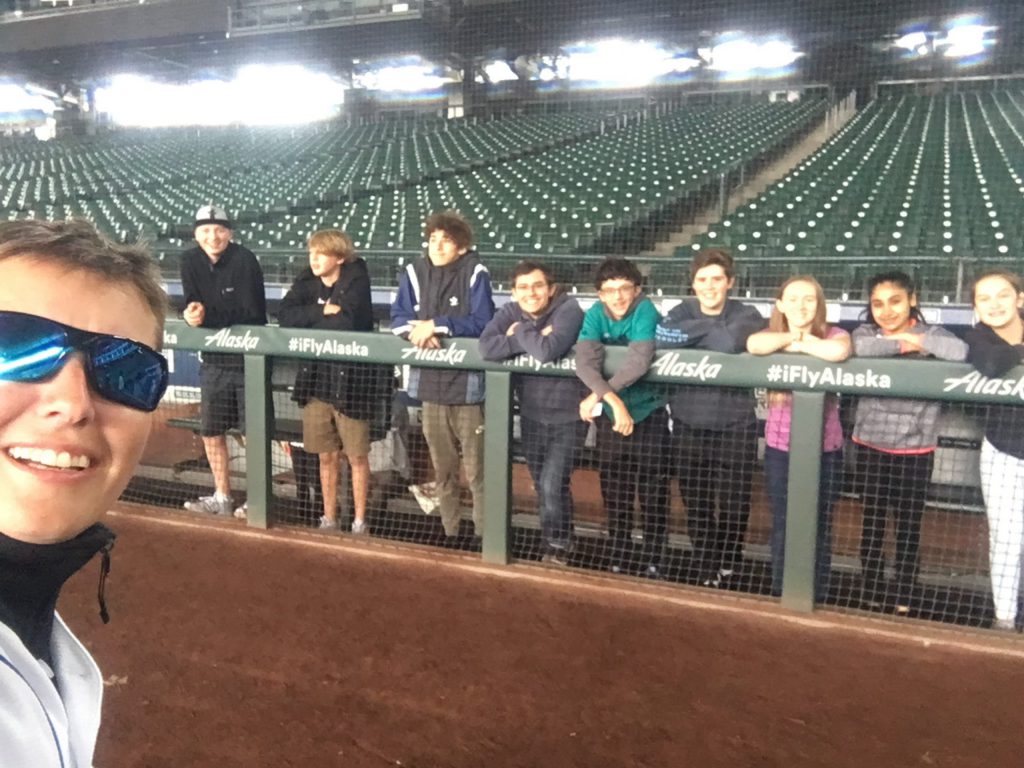
“Education is not preparation for life; education is life itself.”
John Dewey